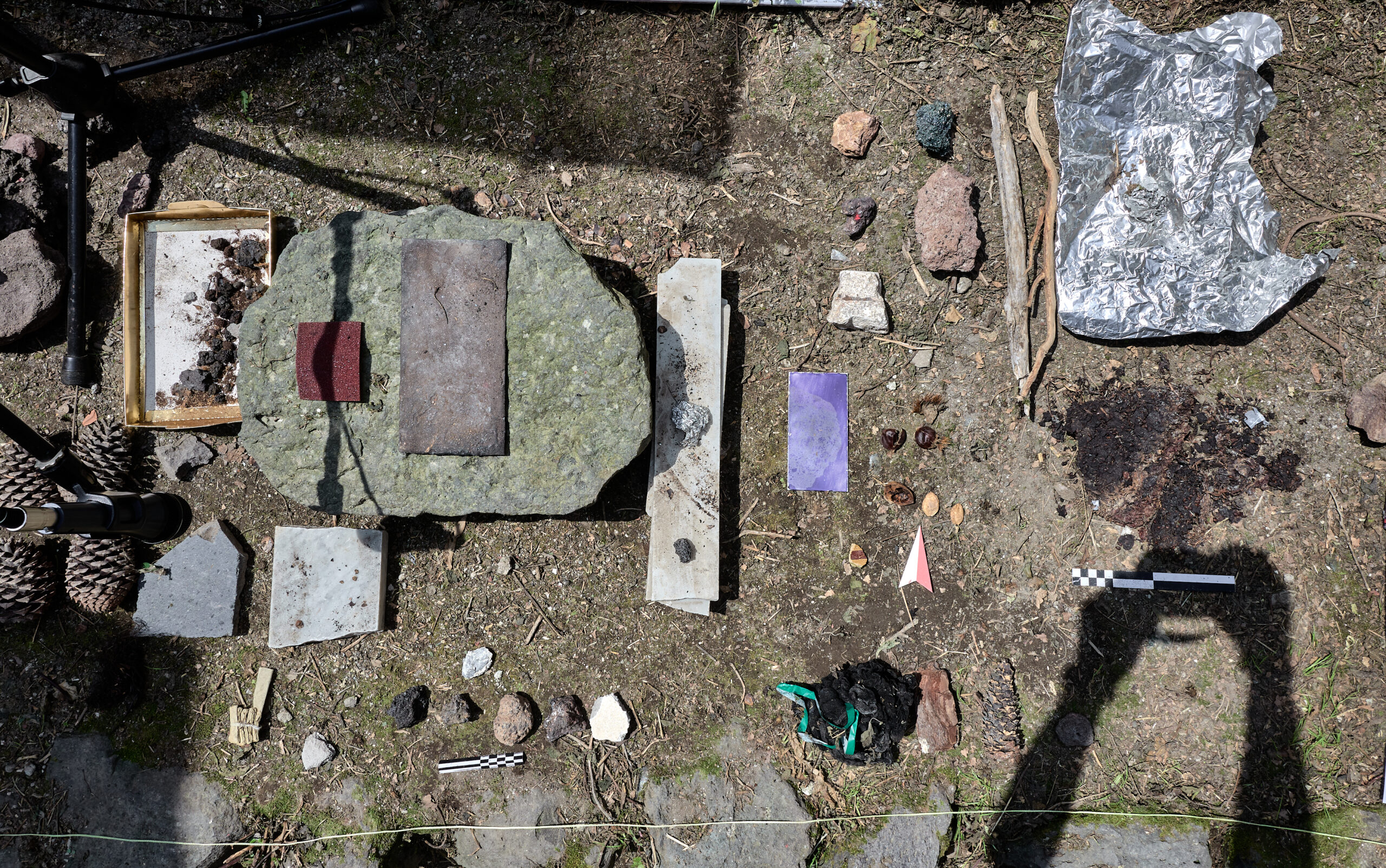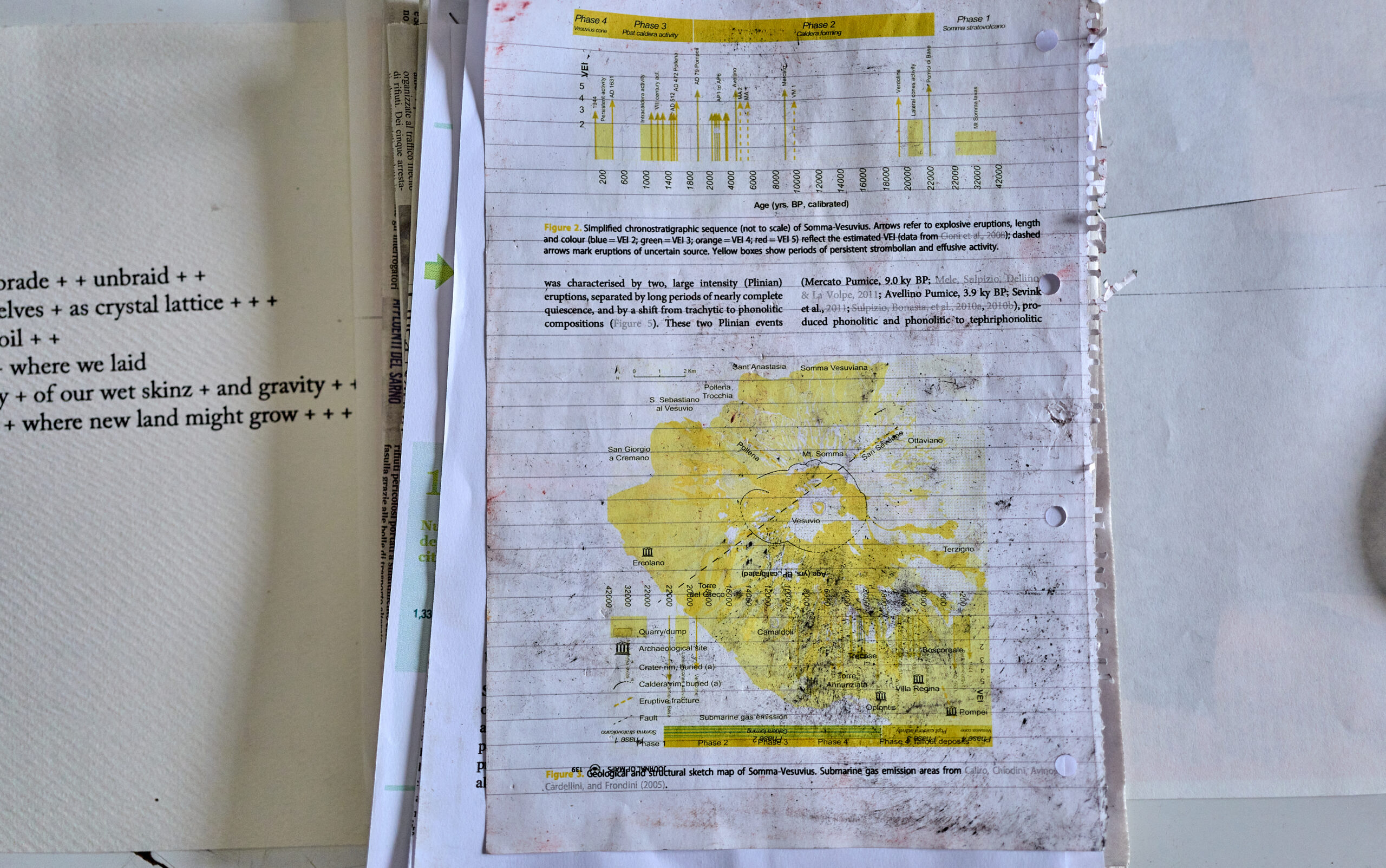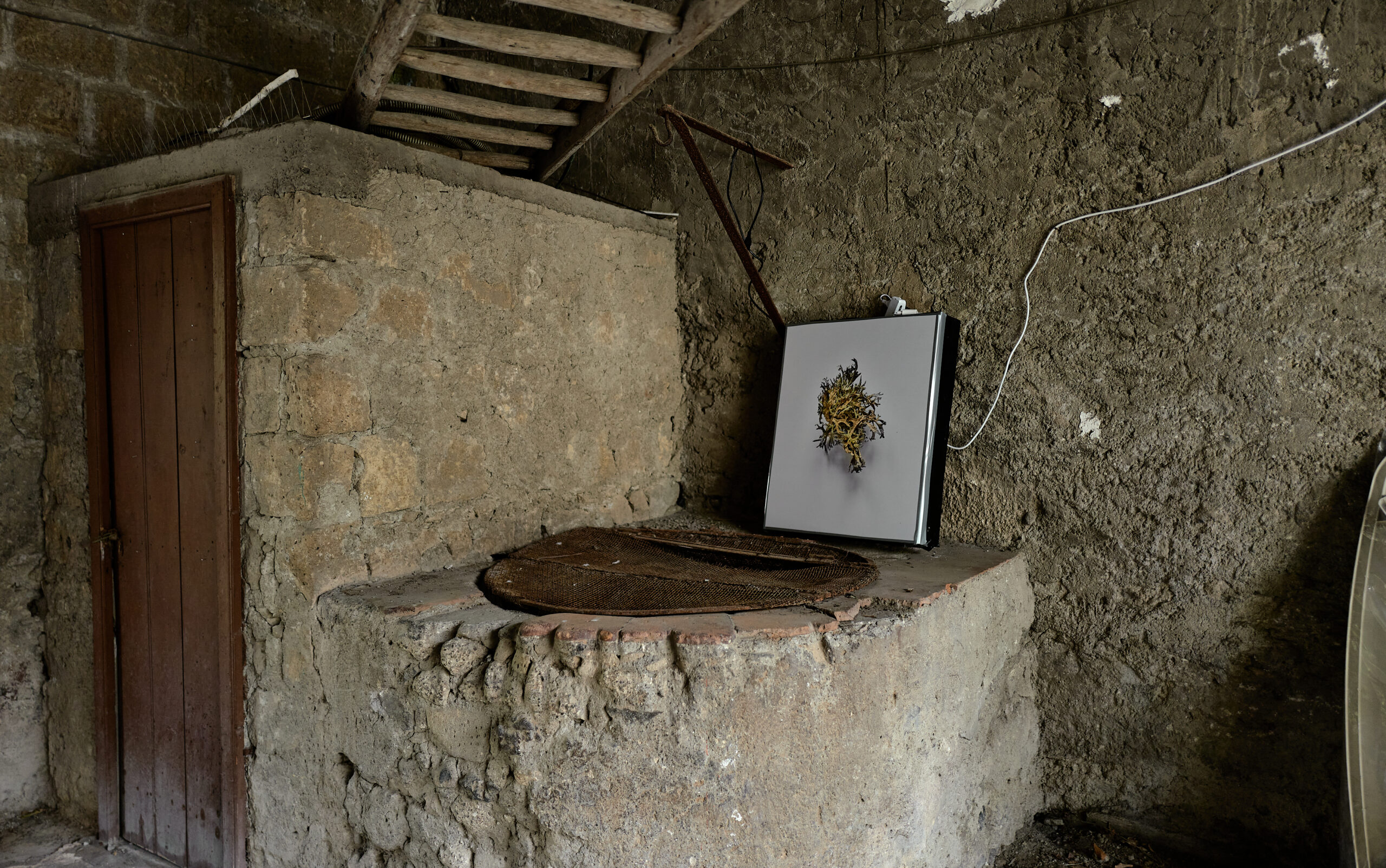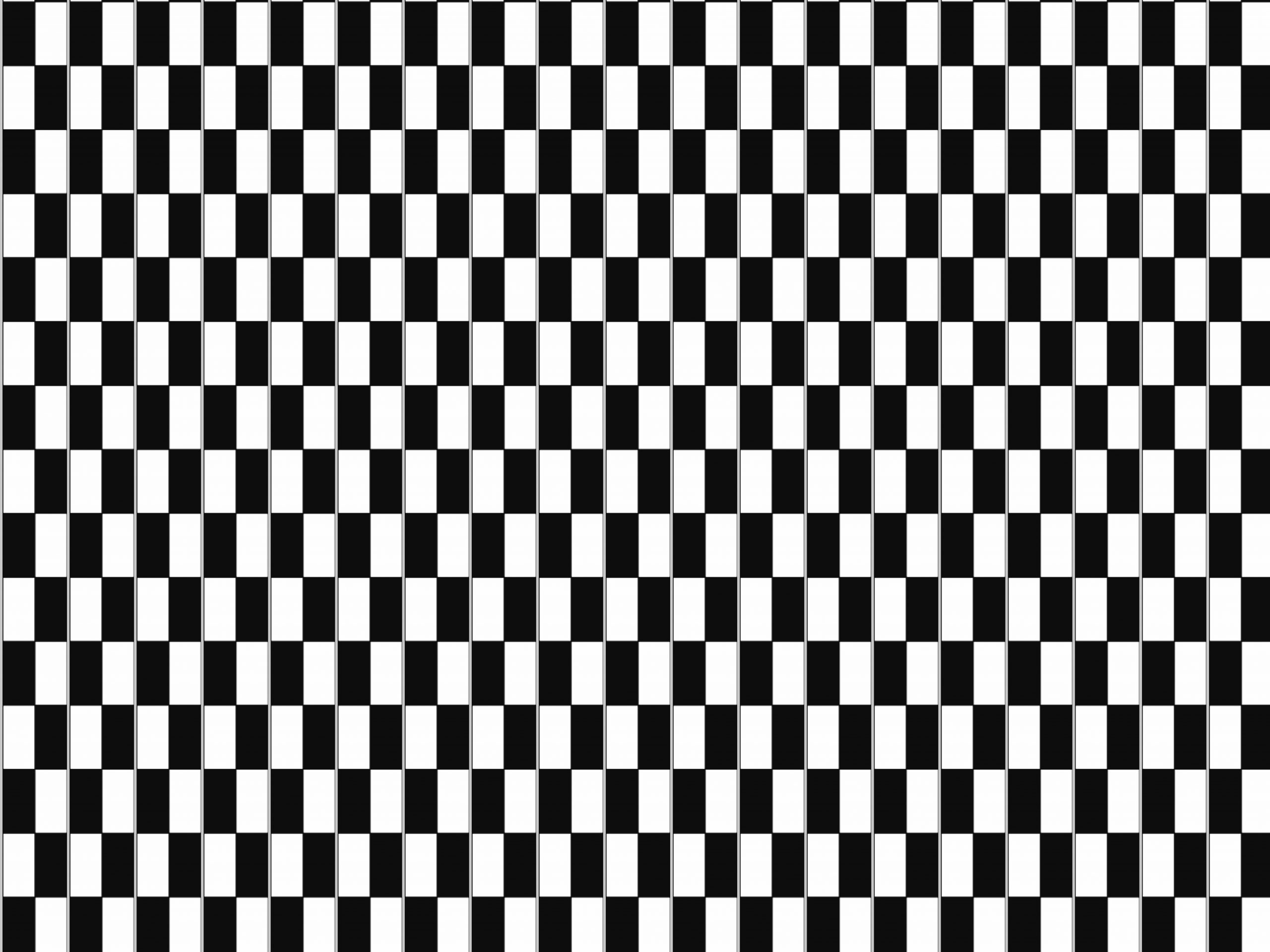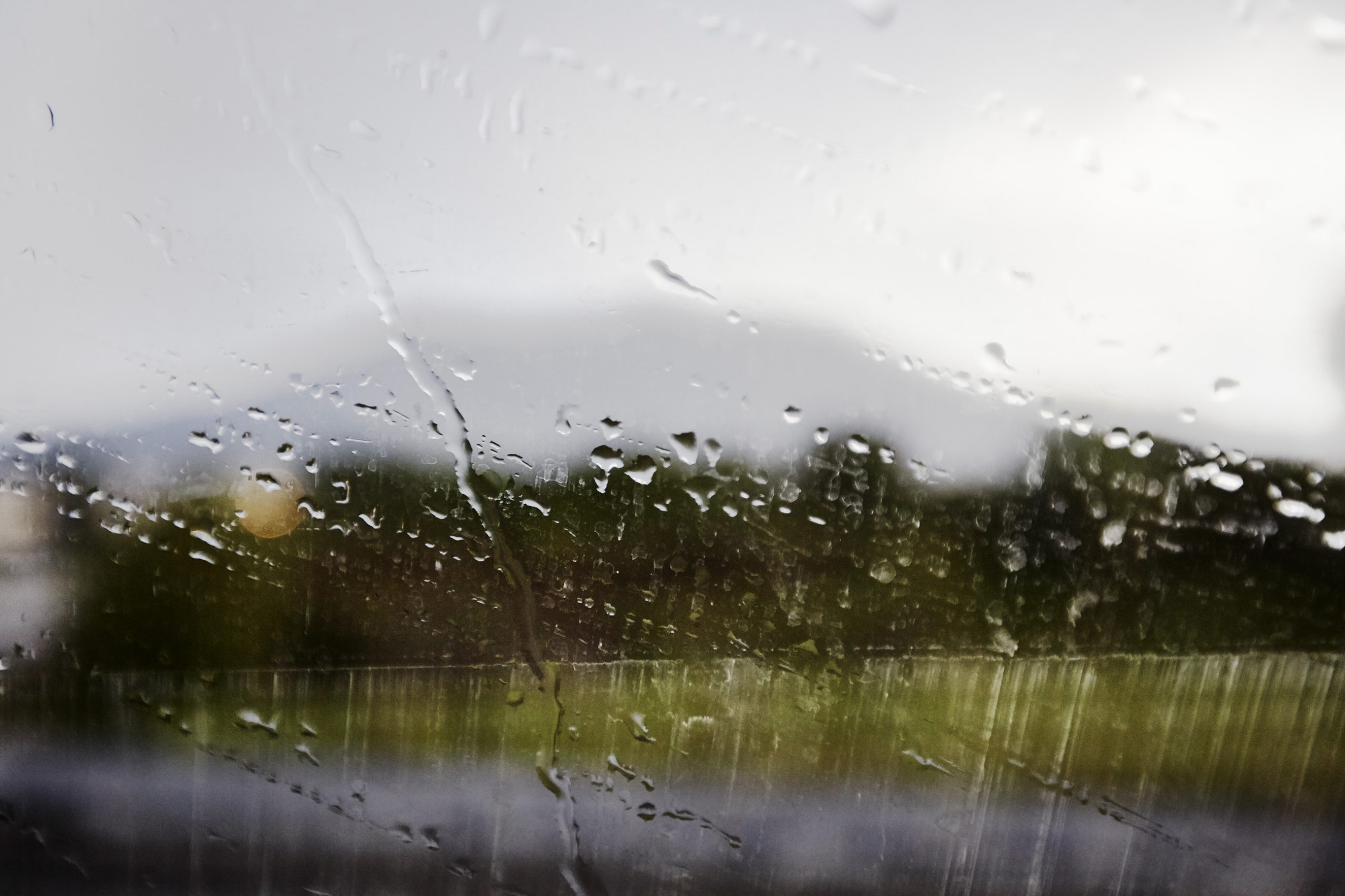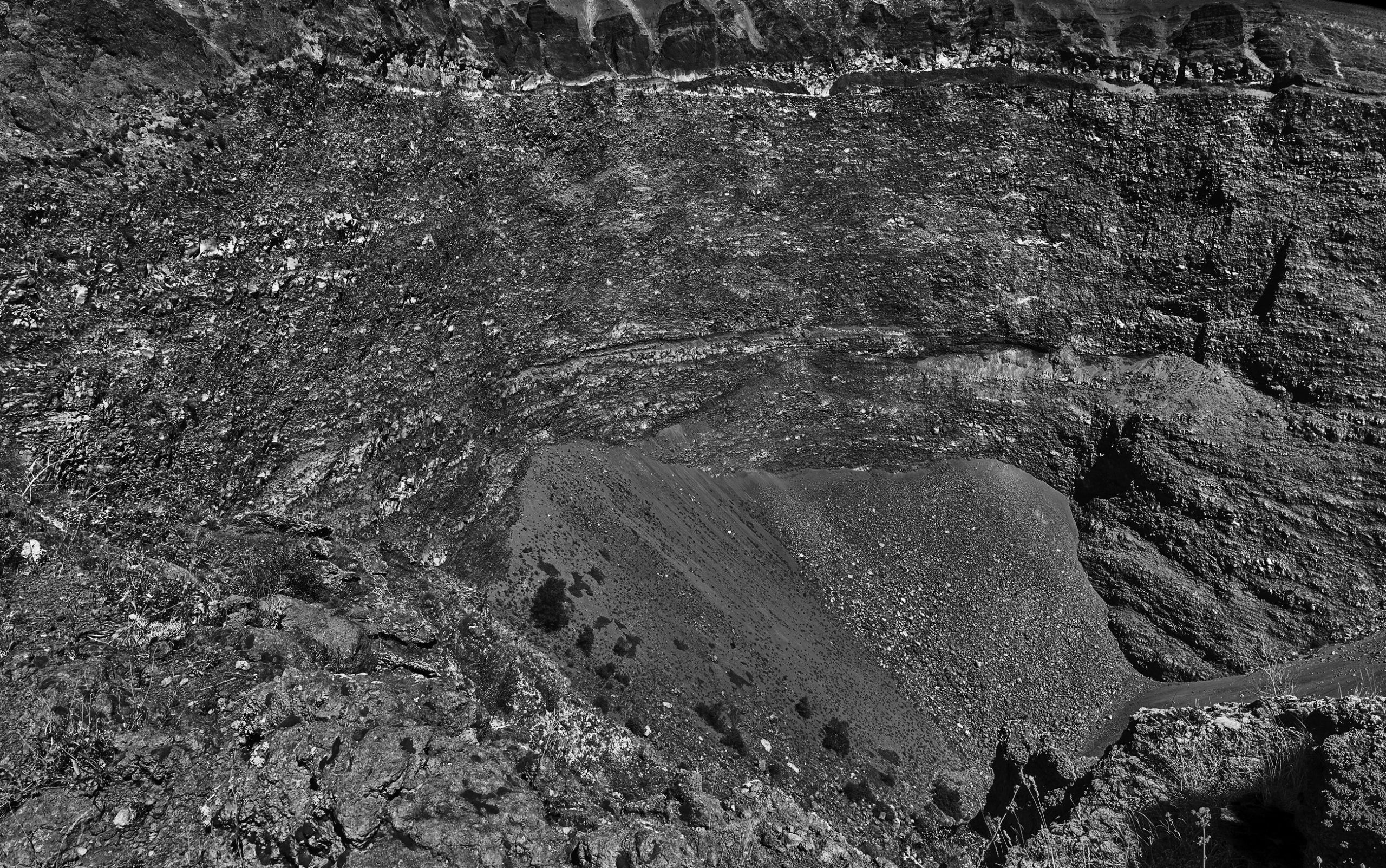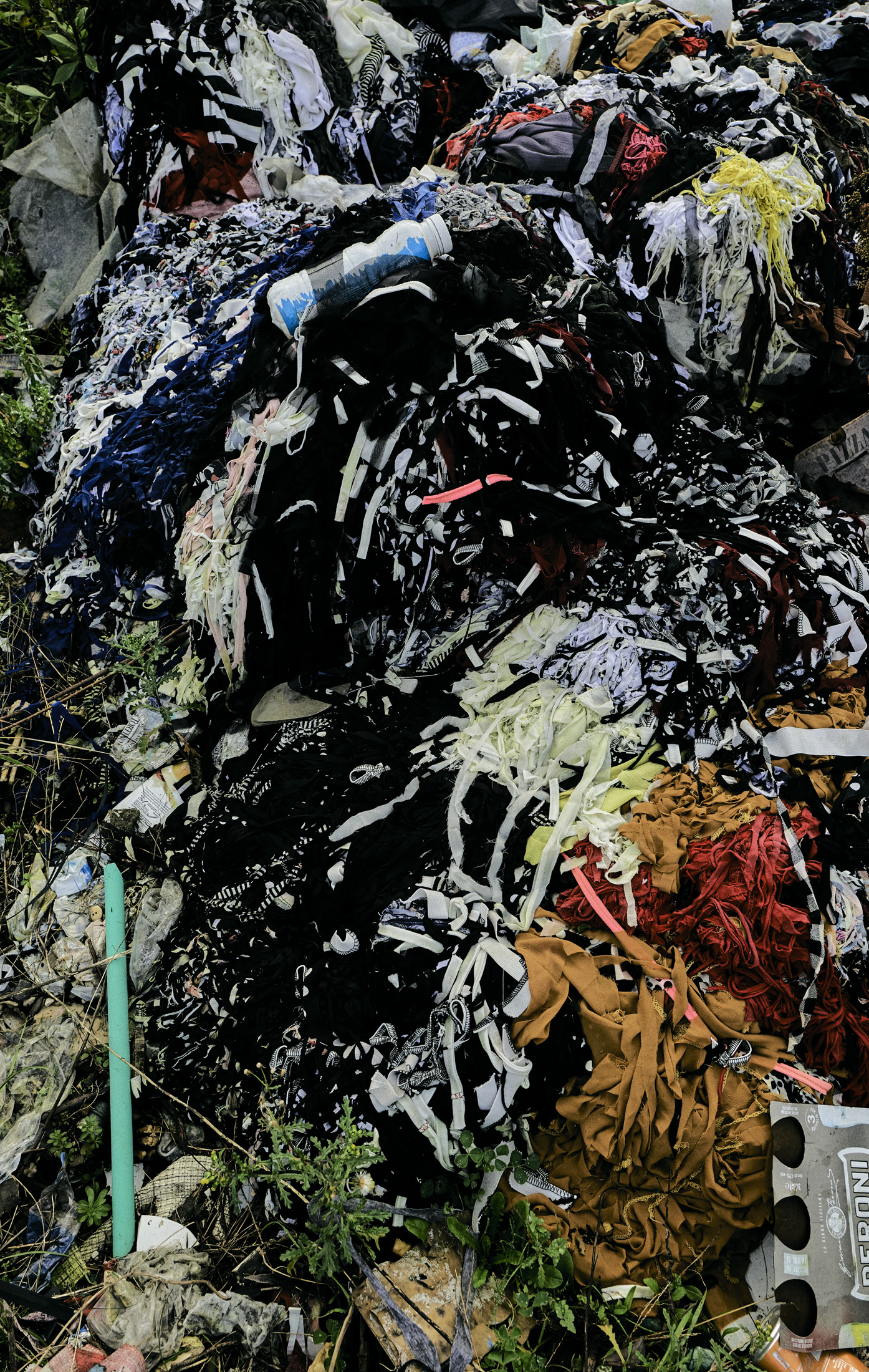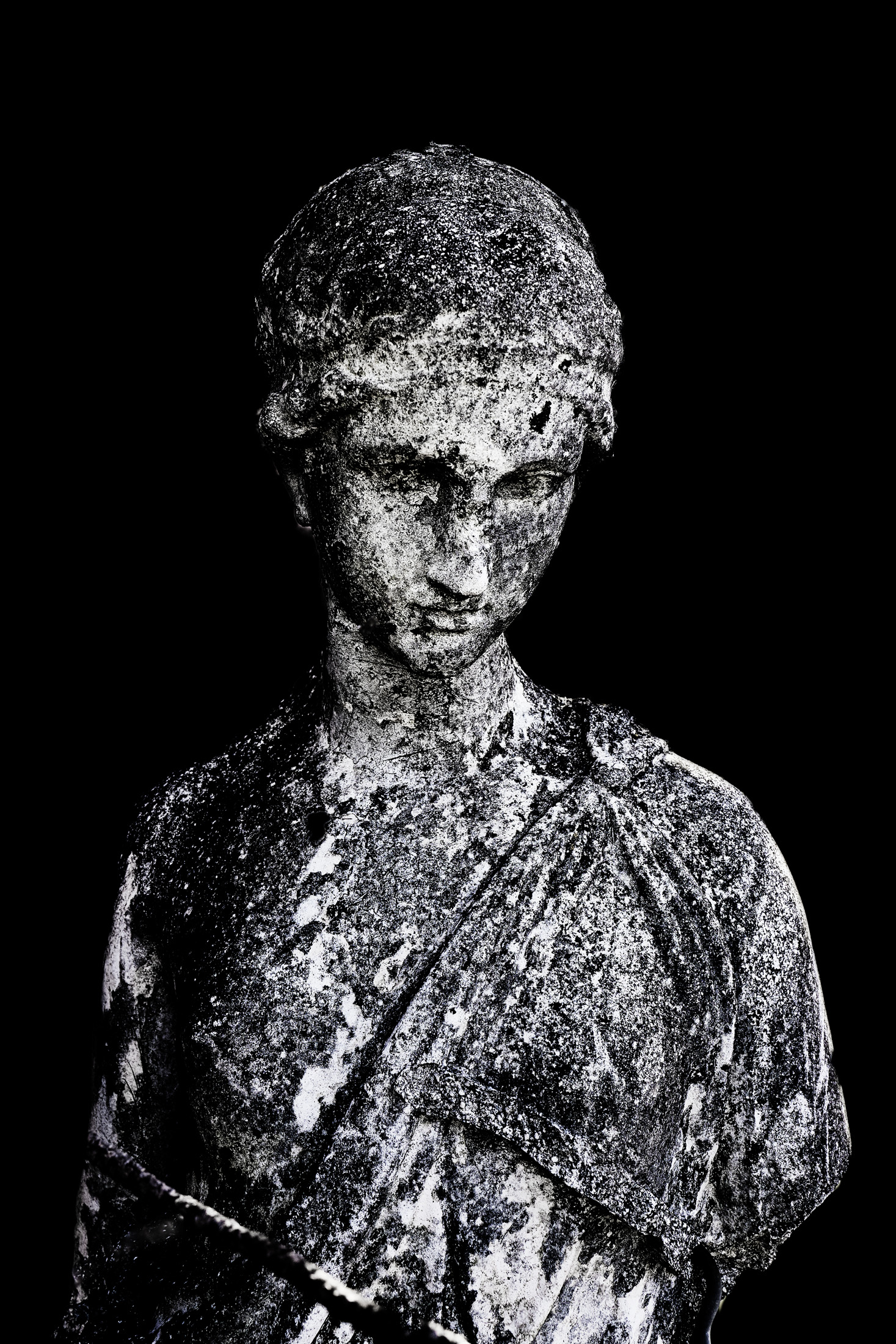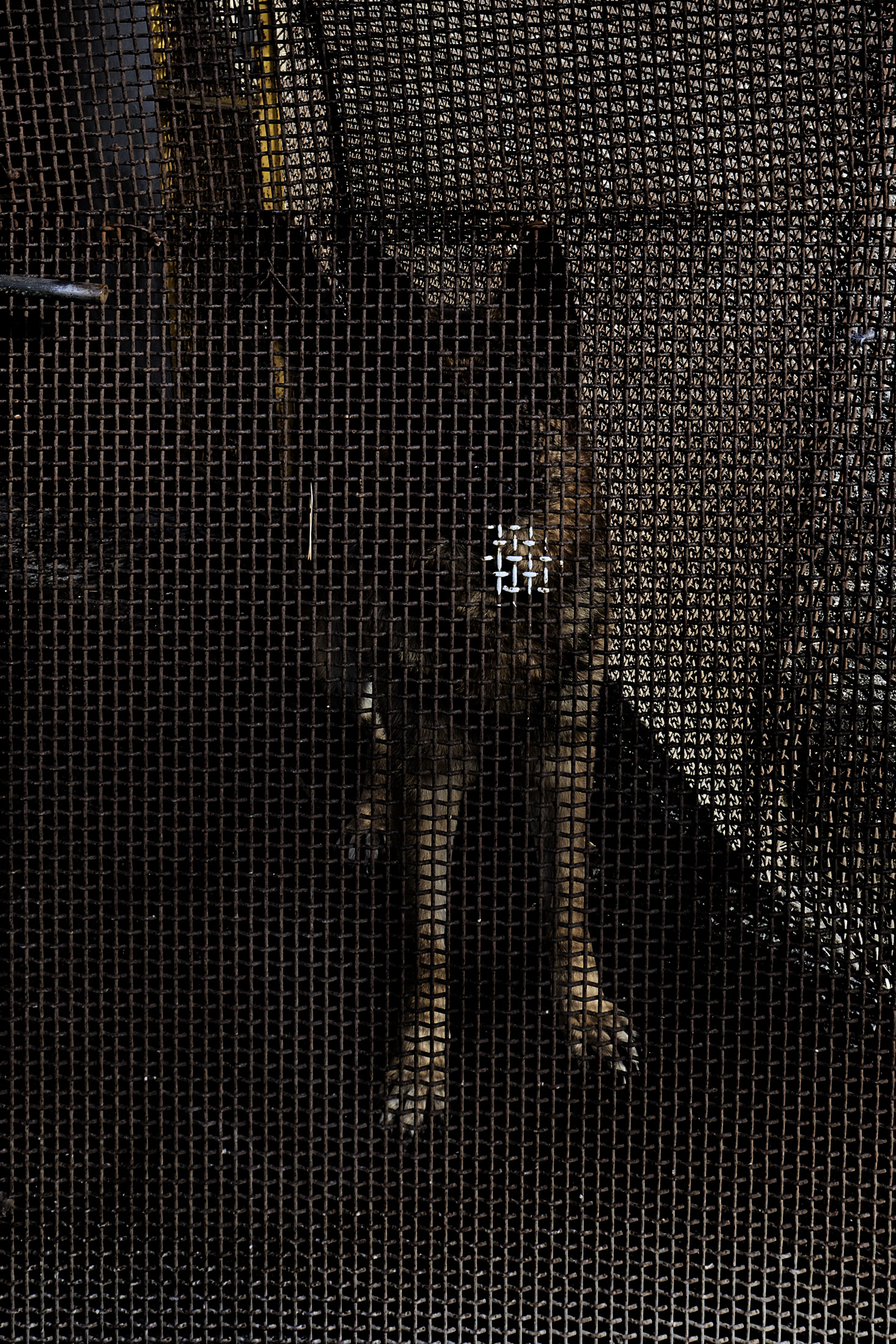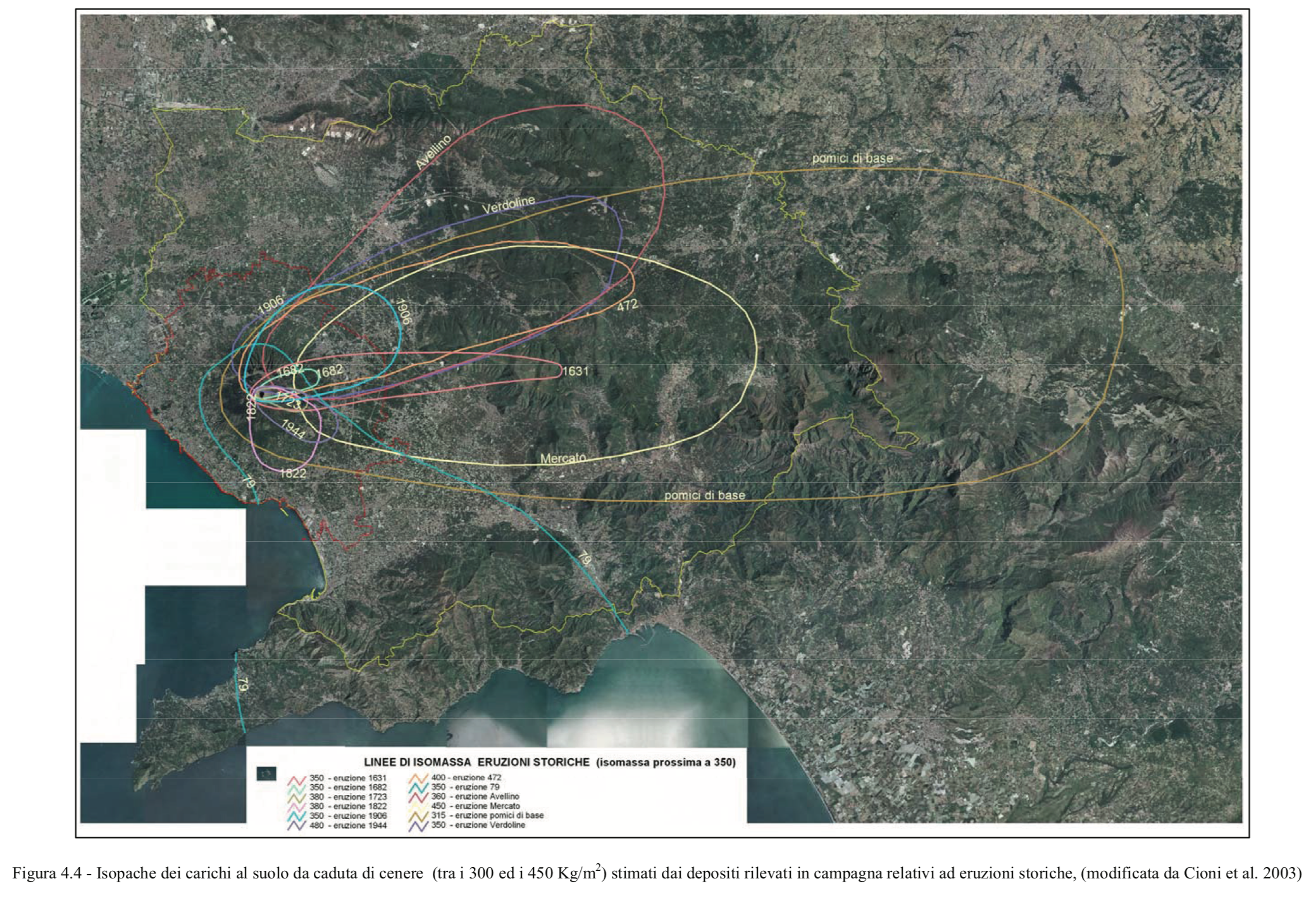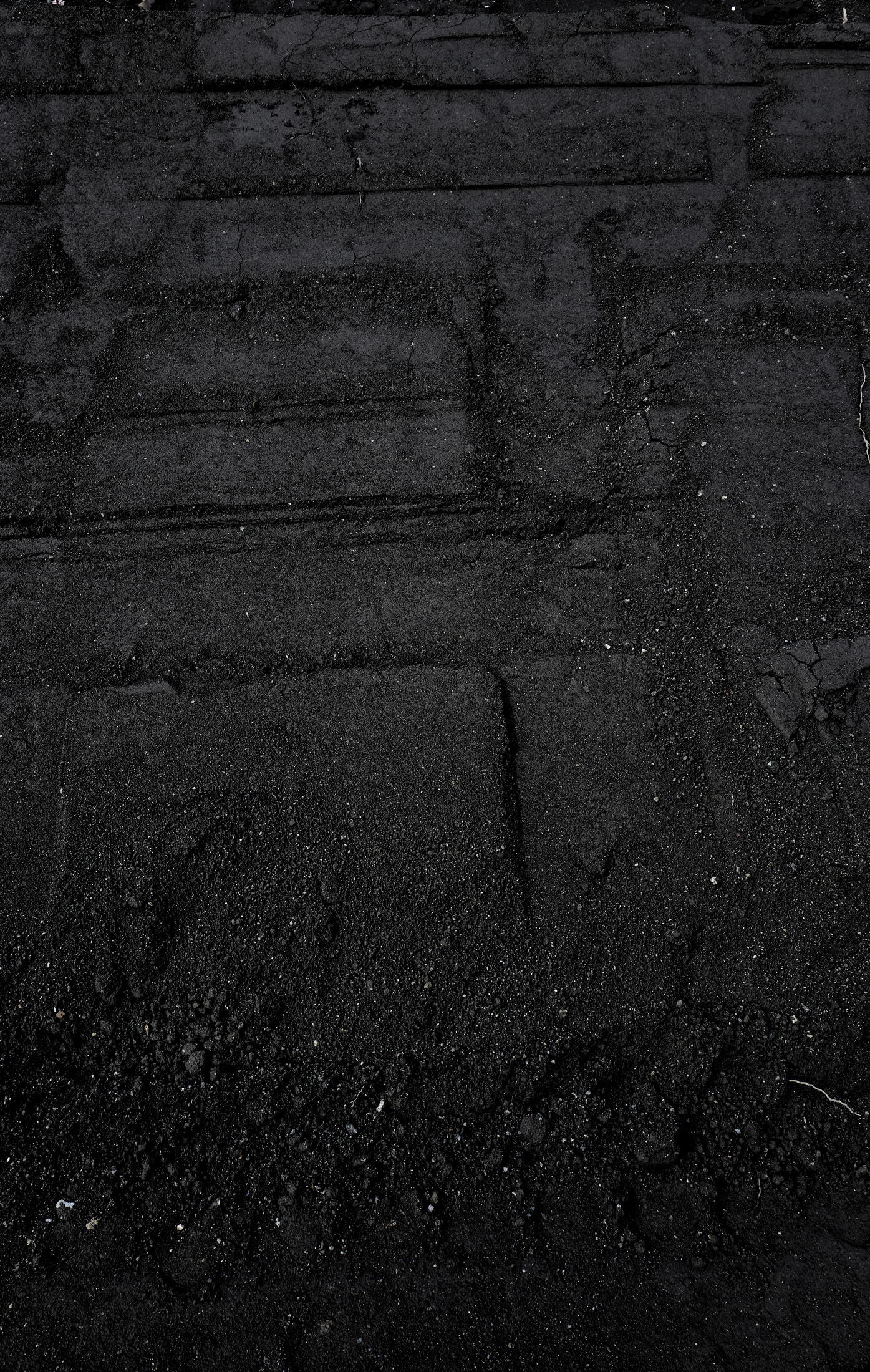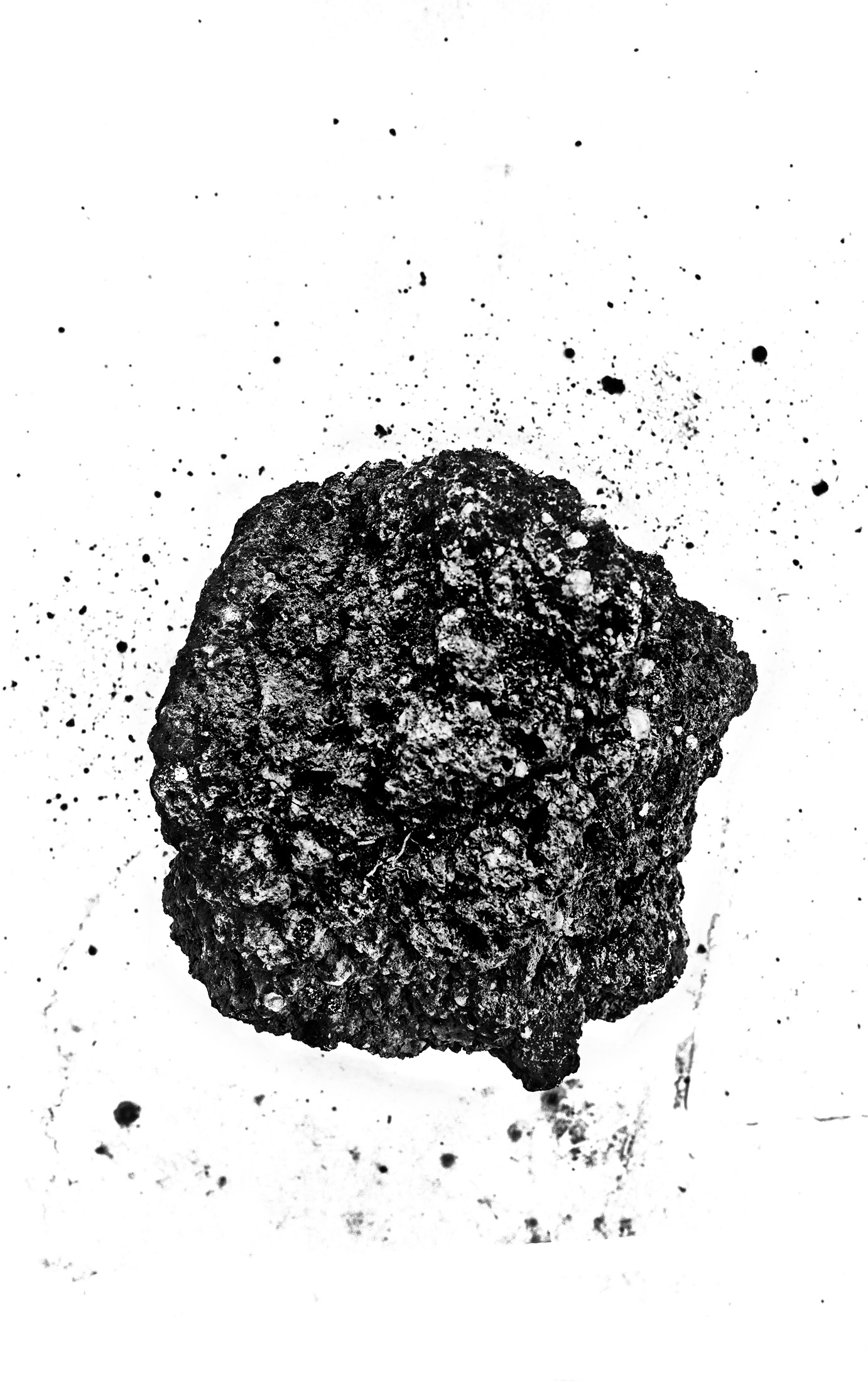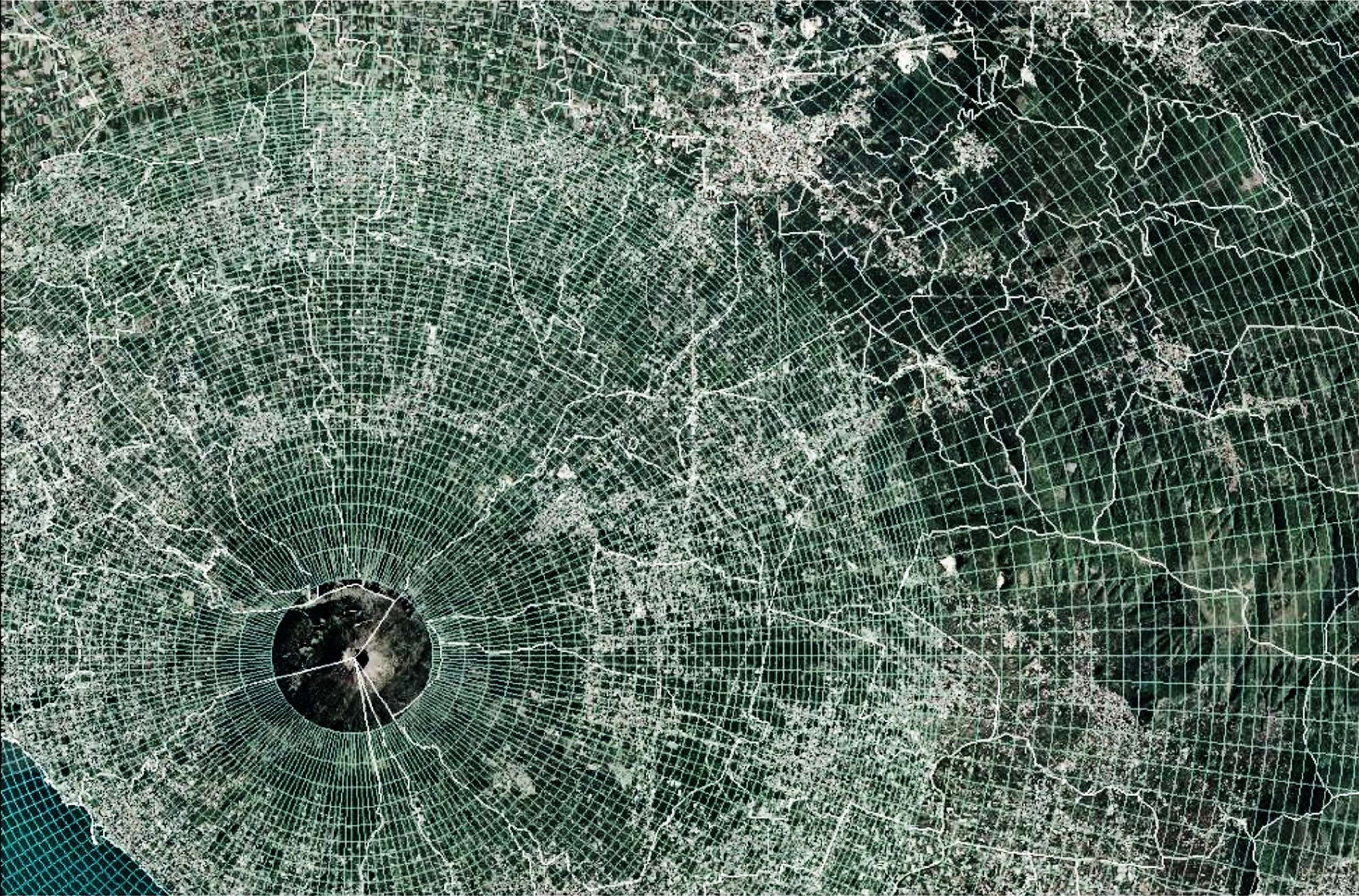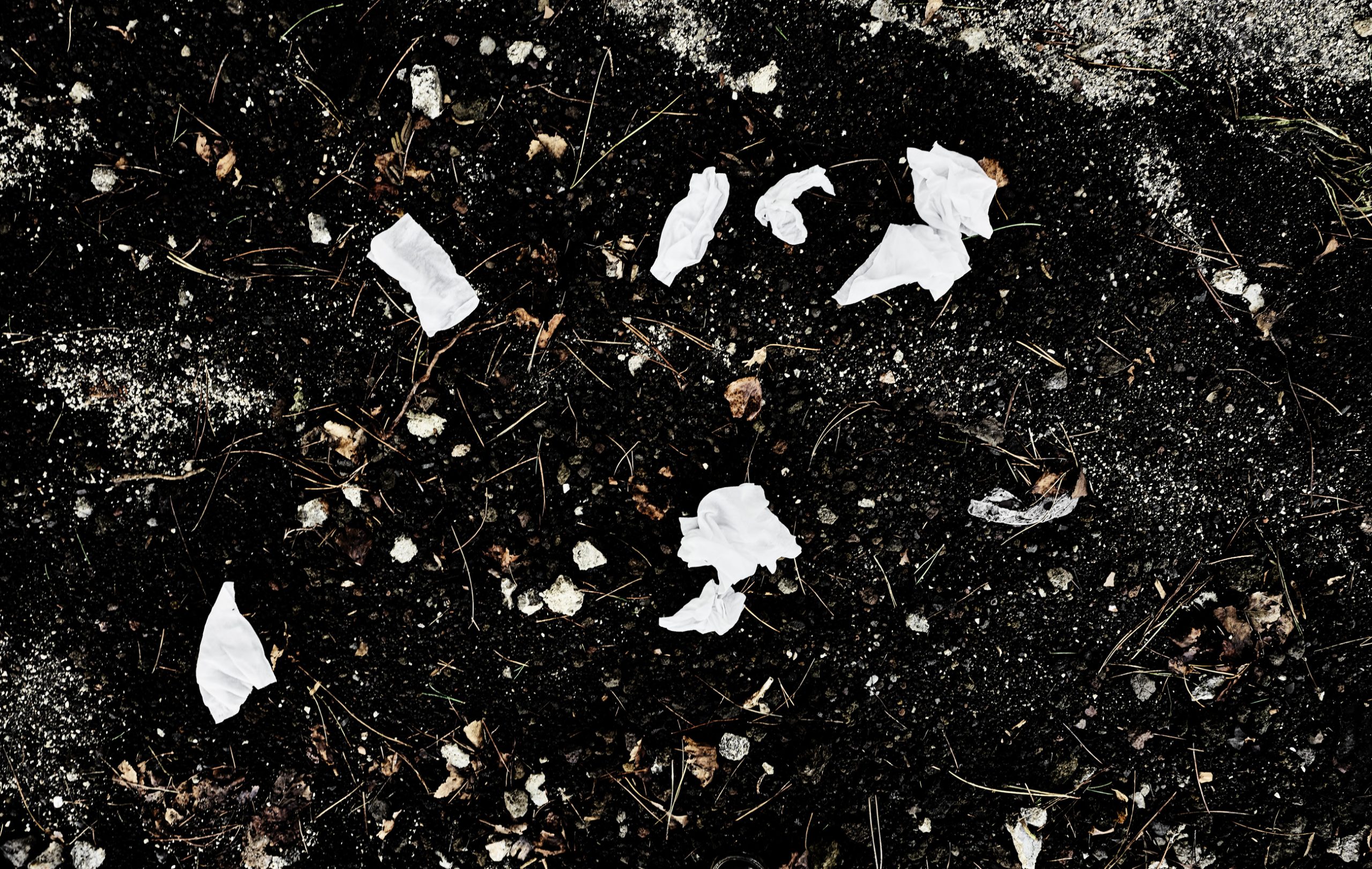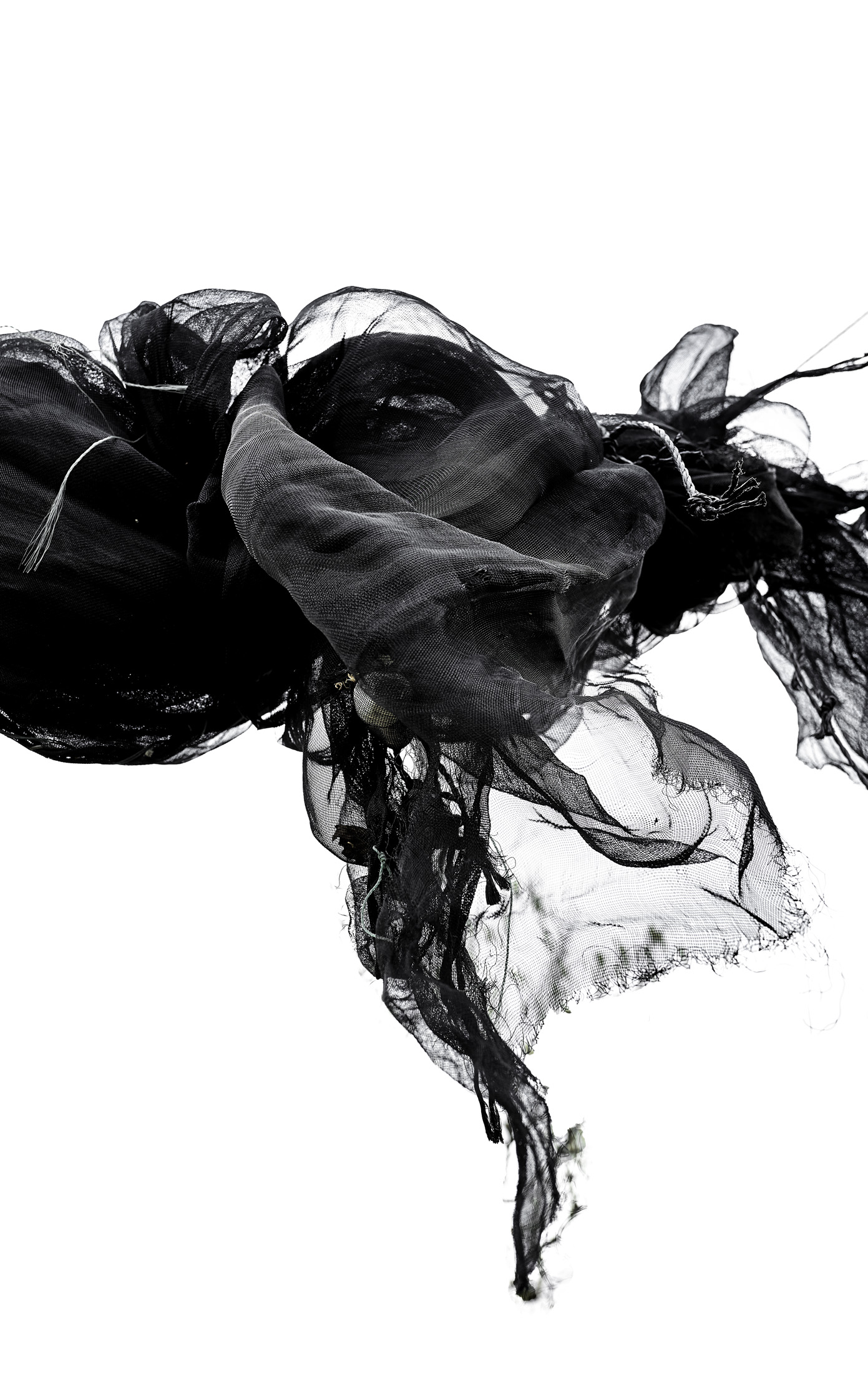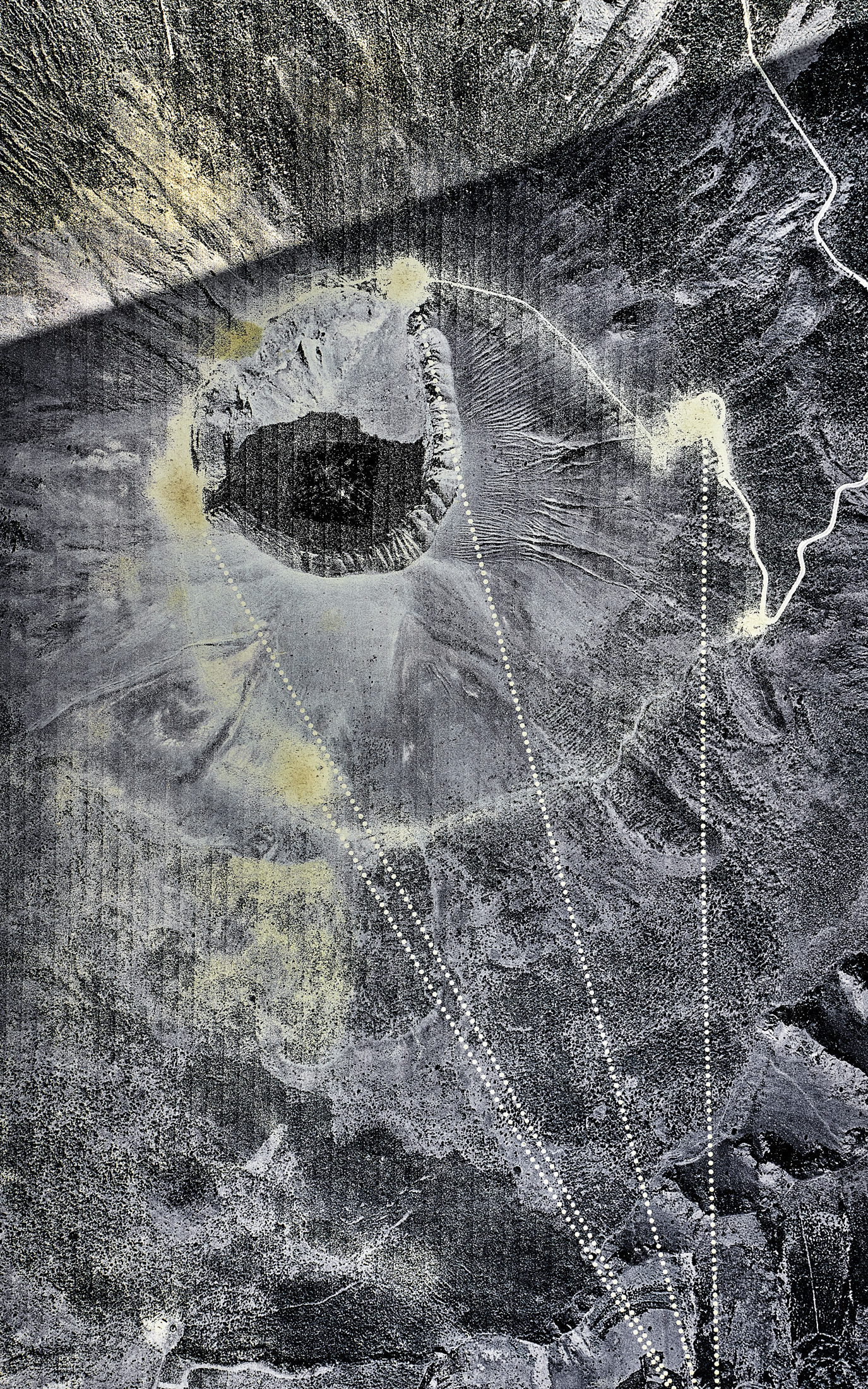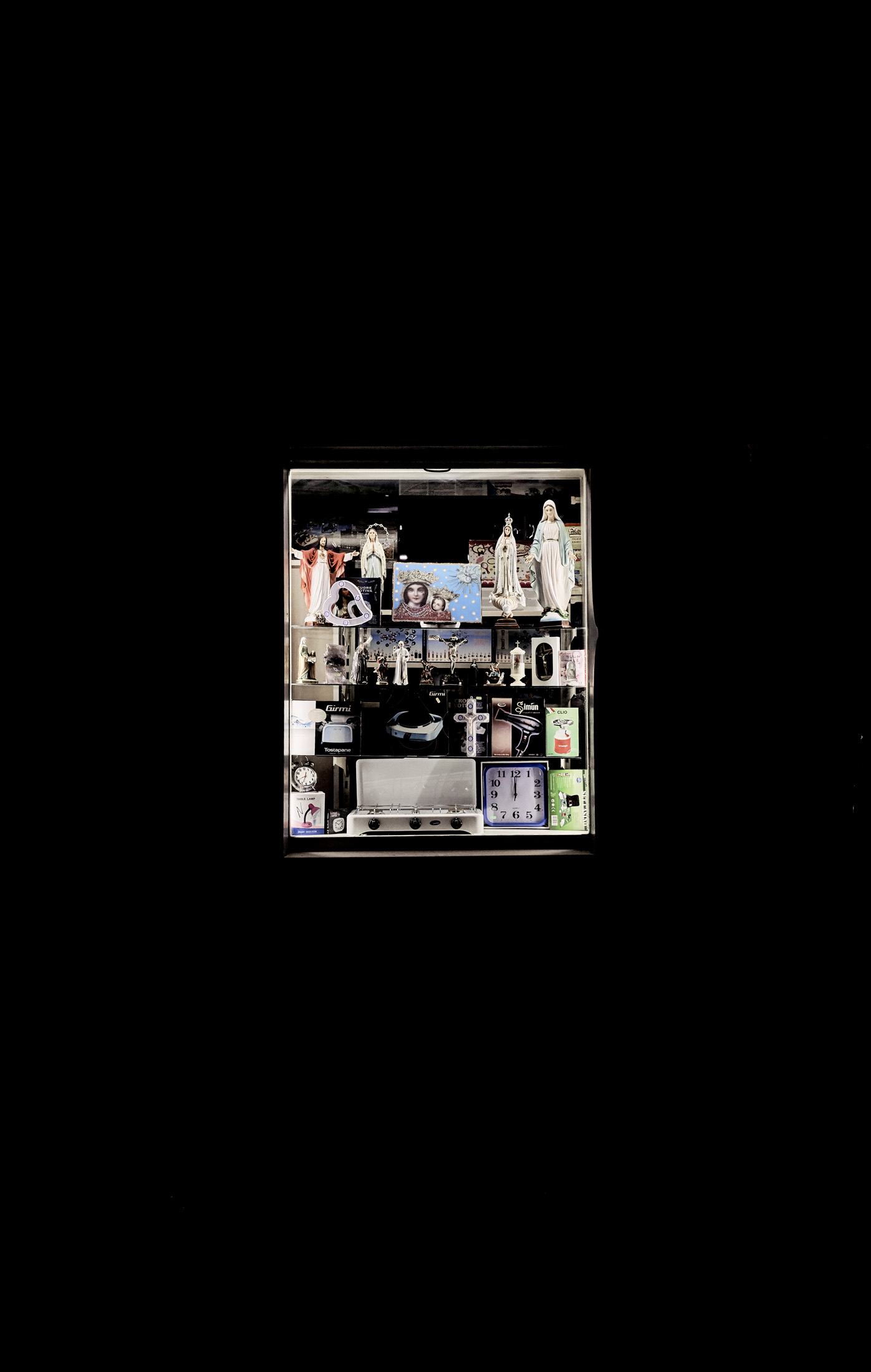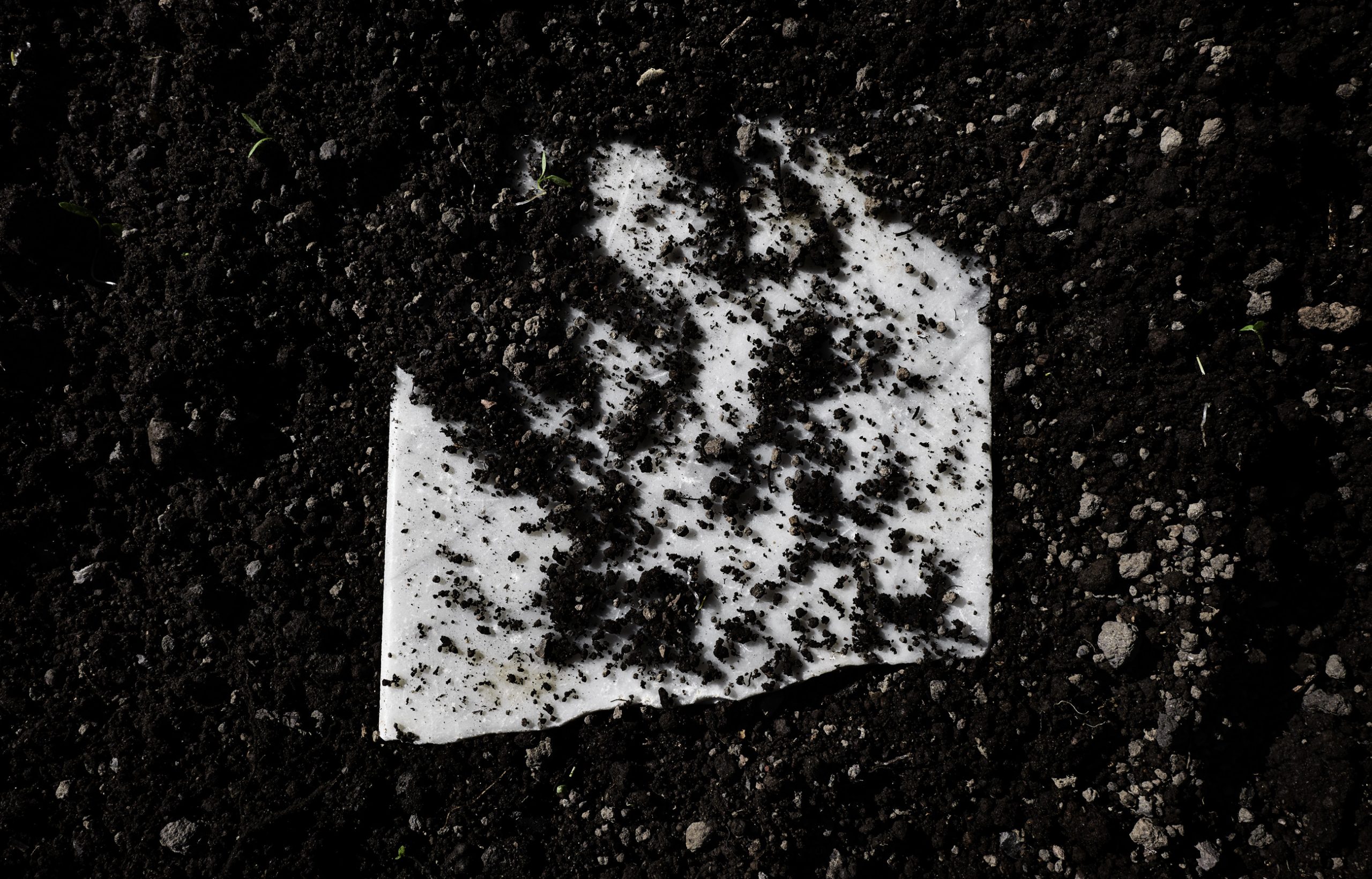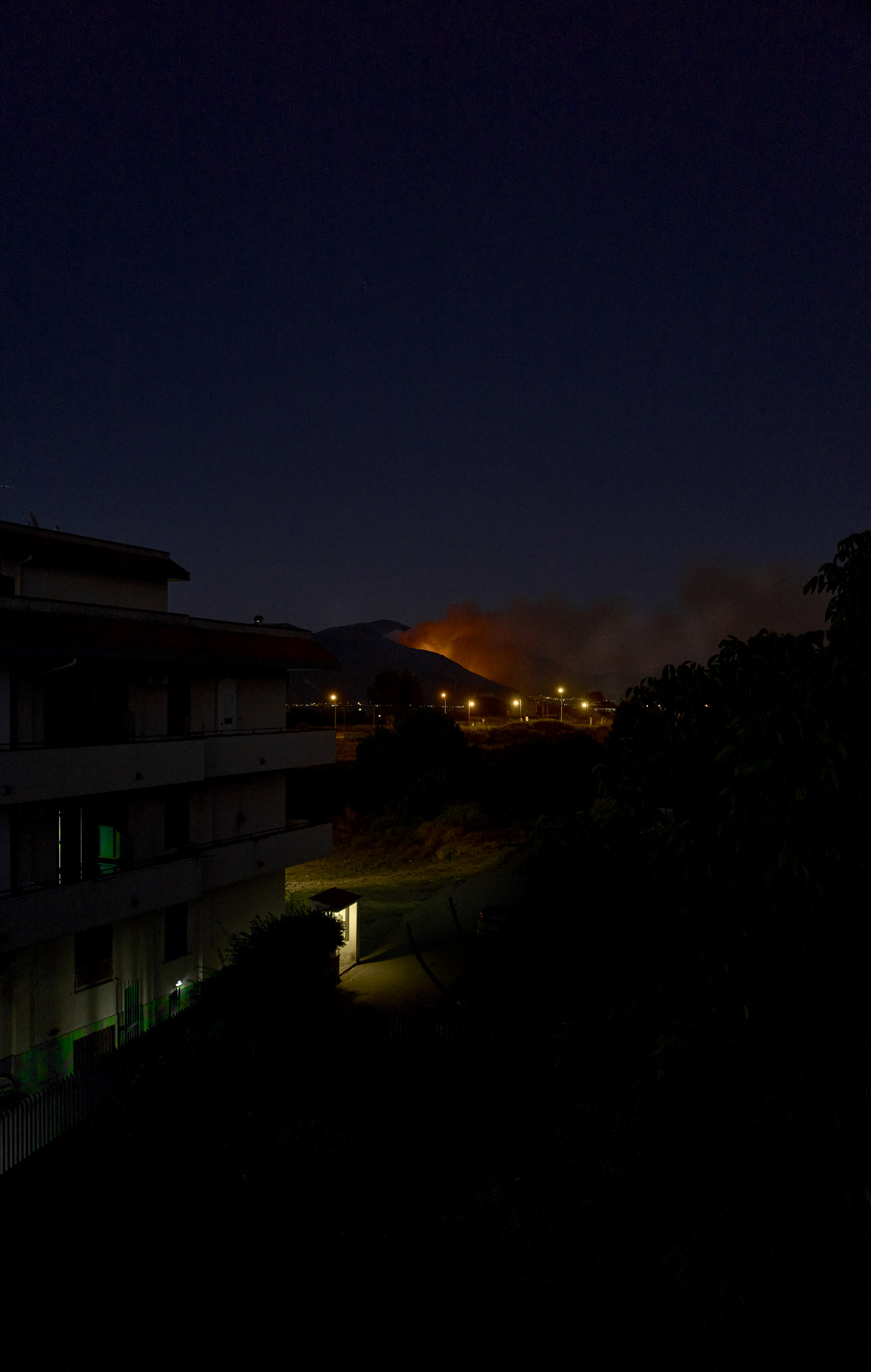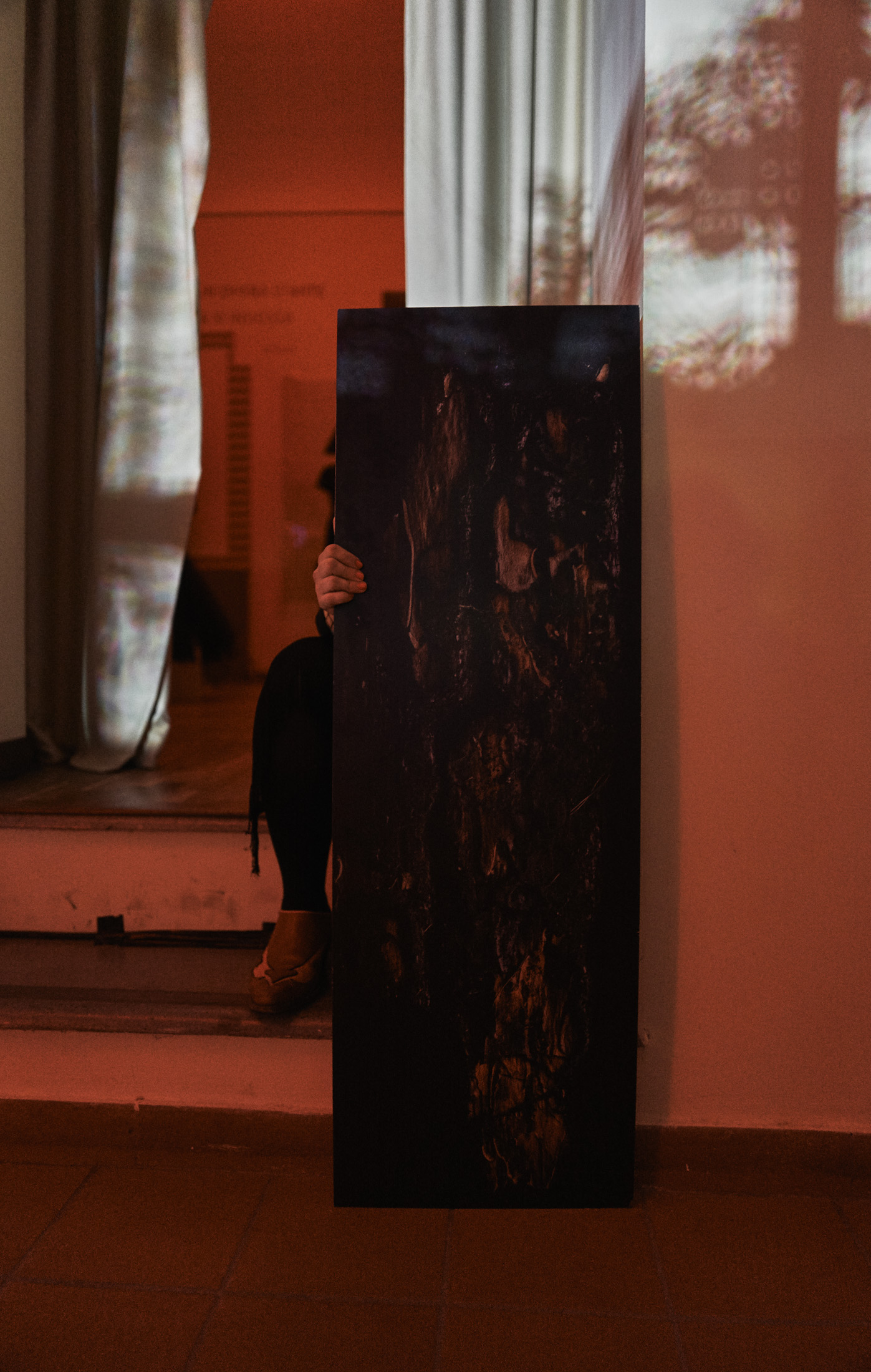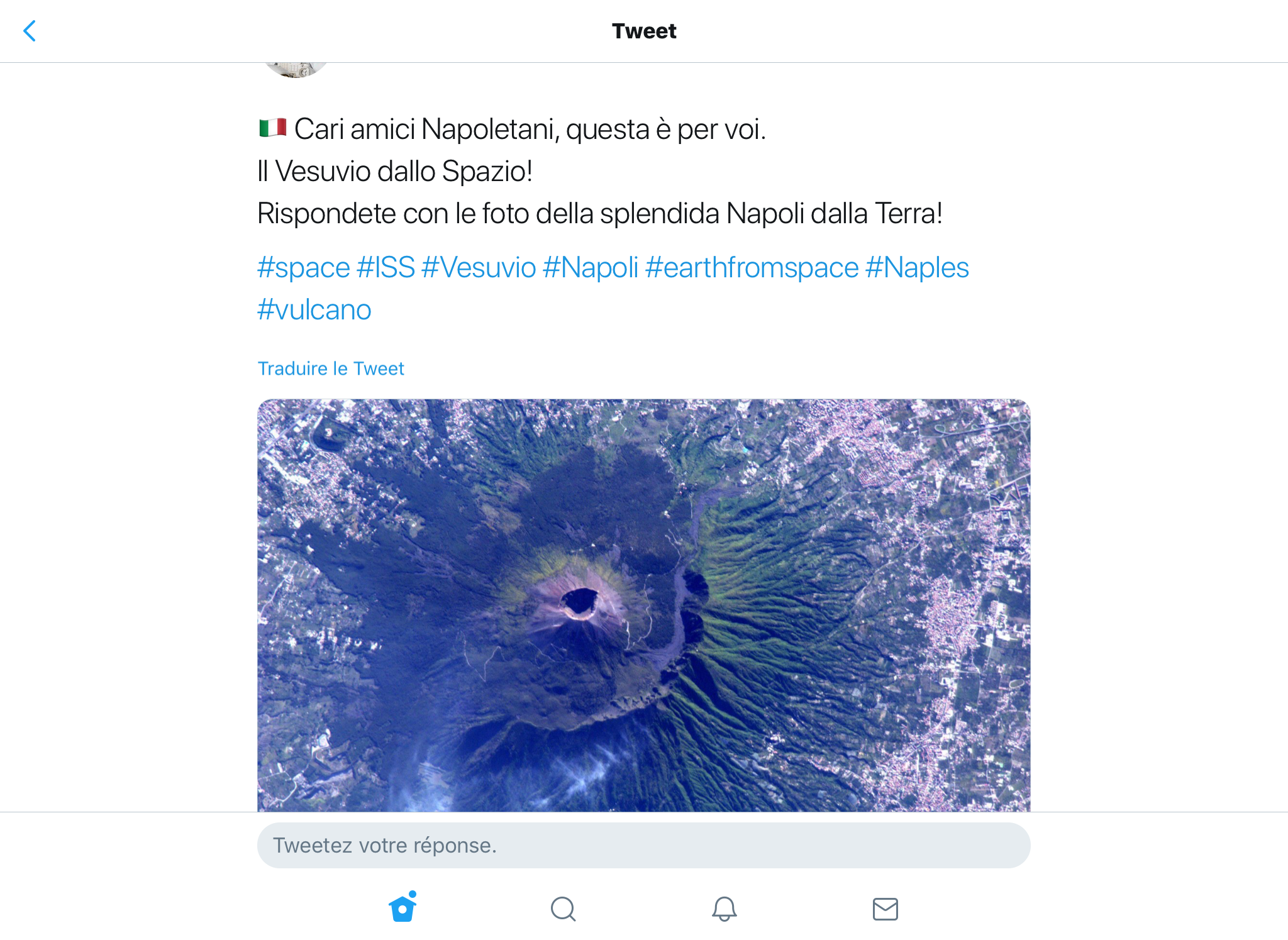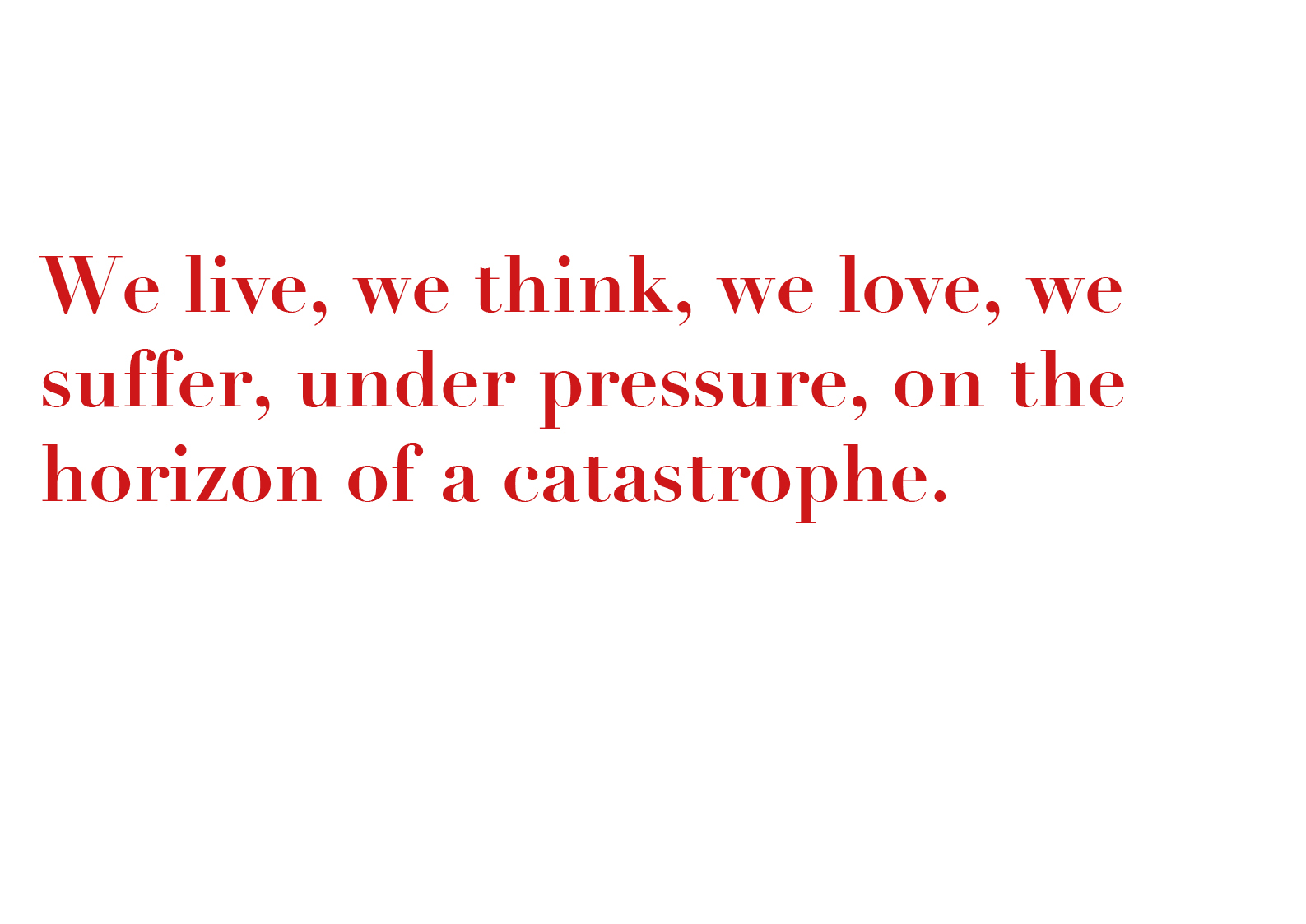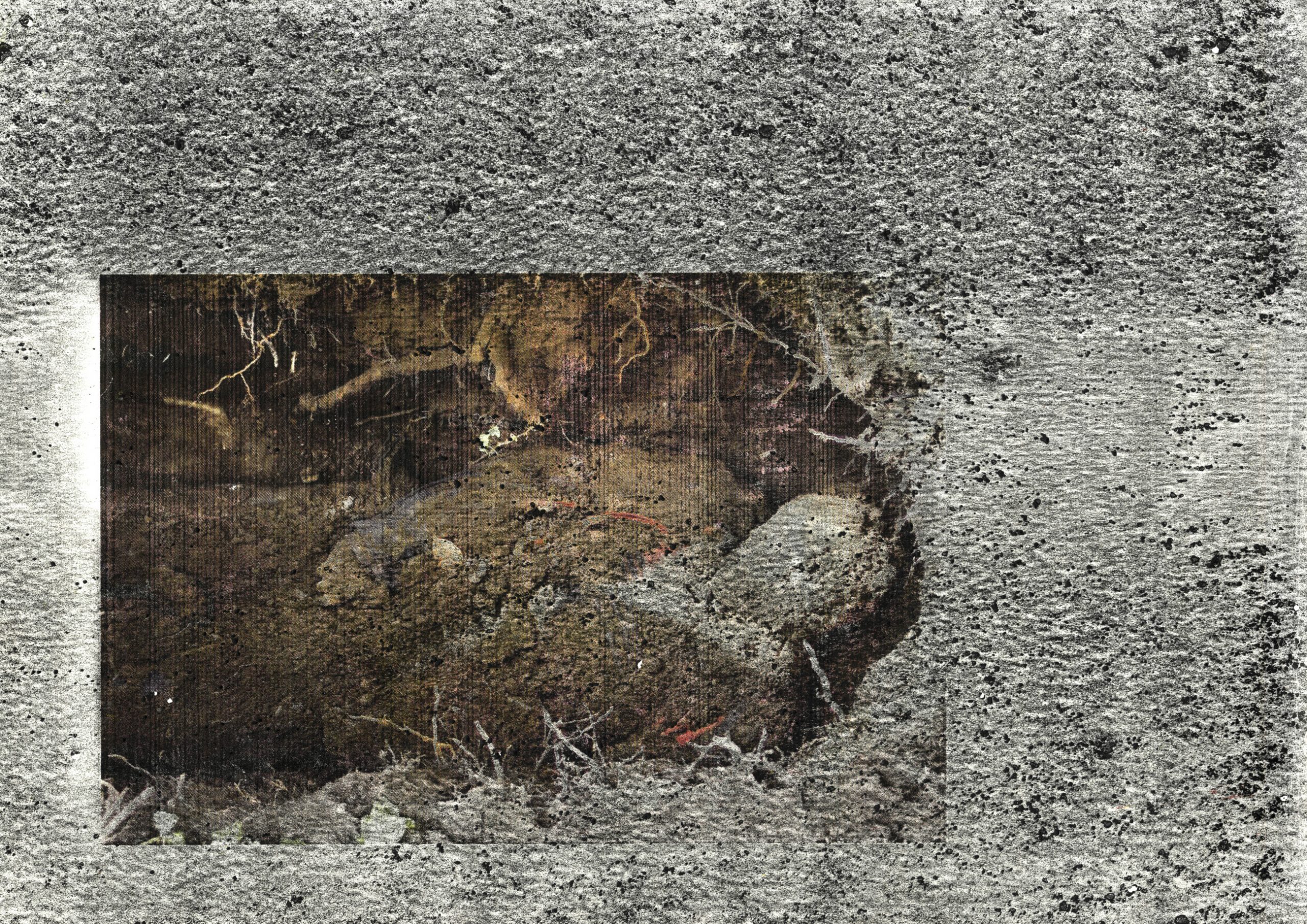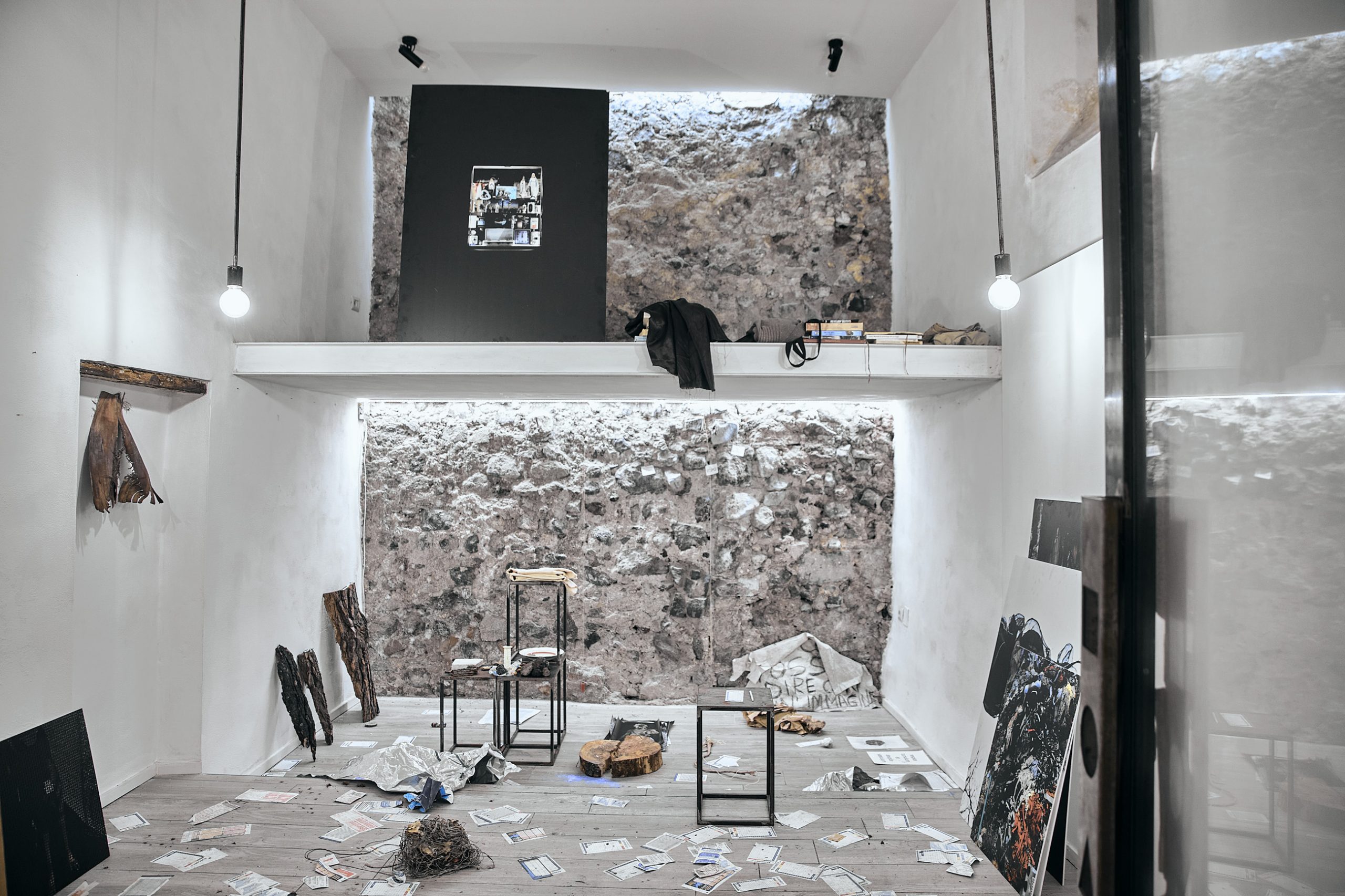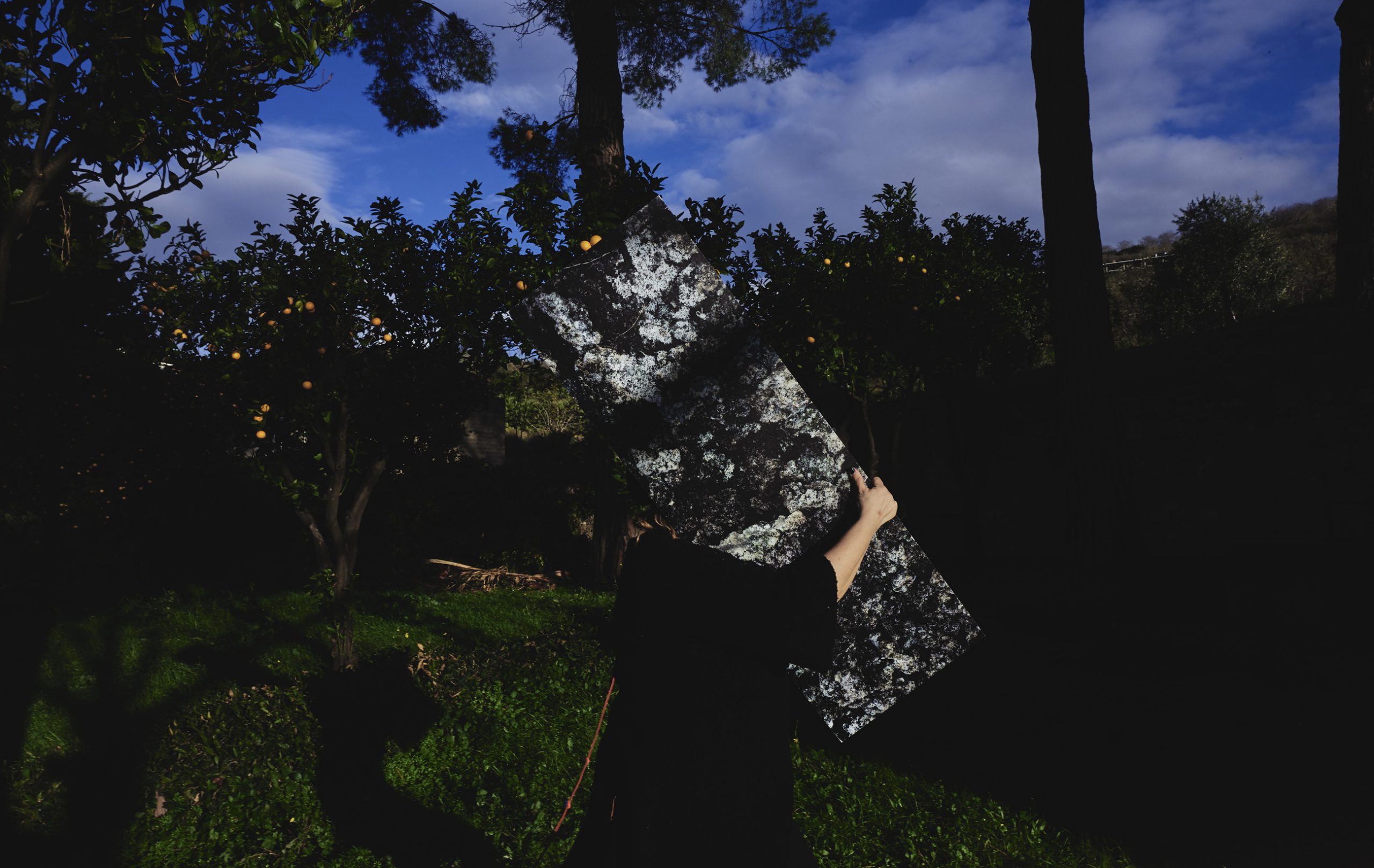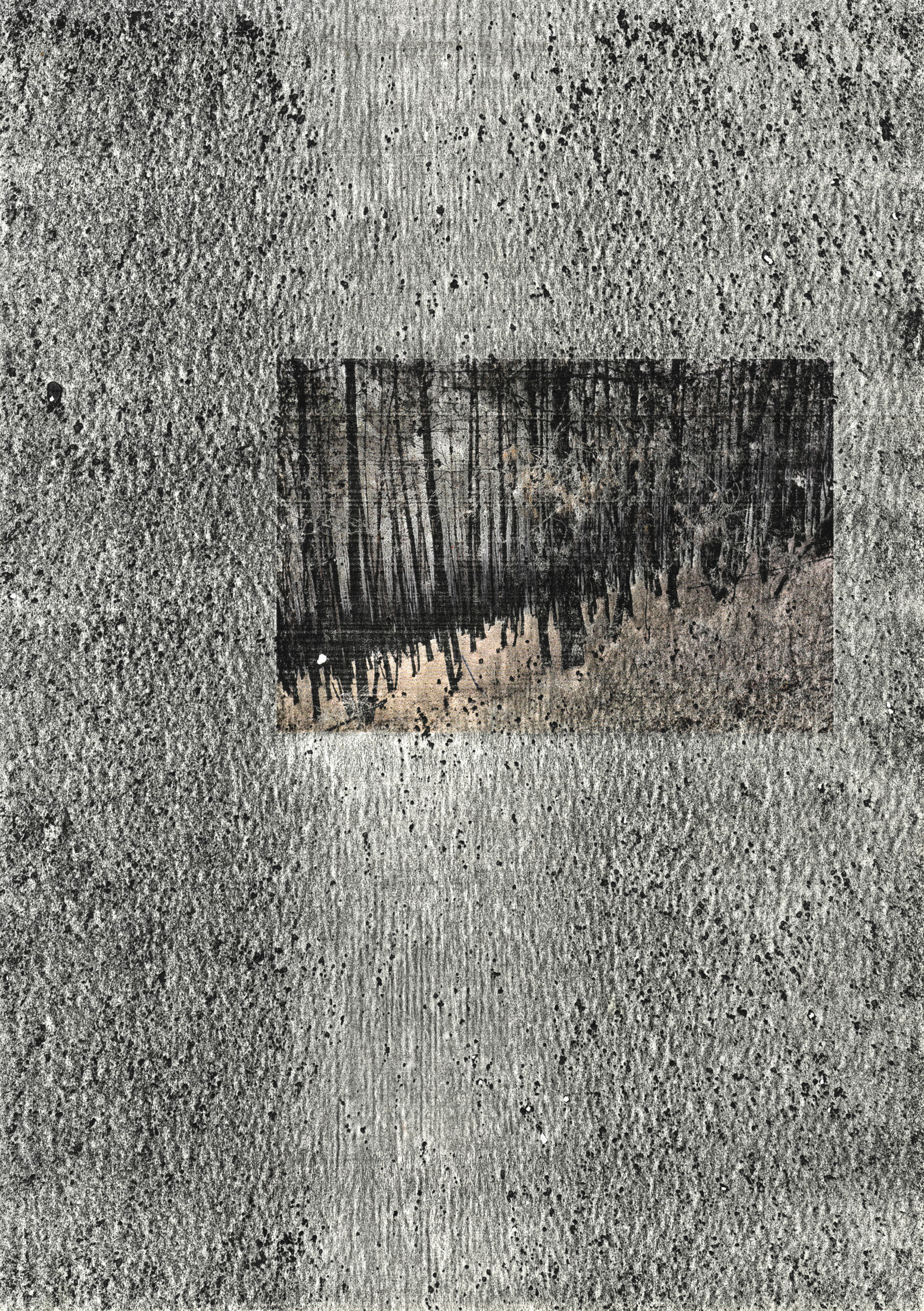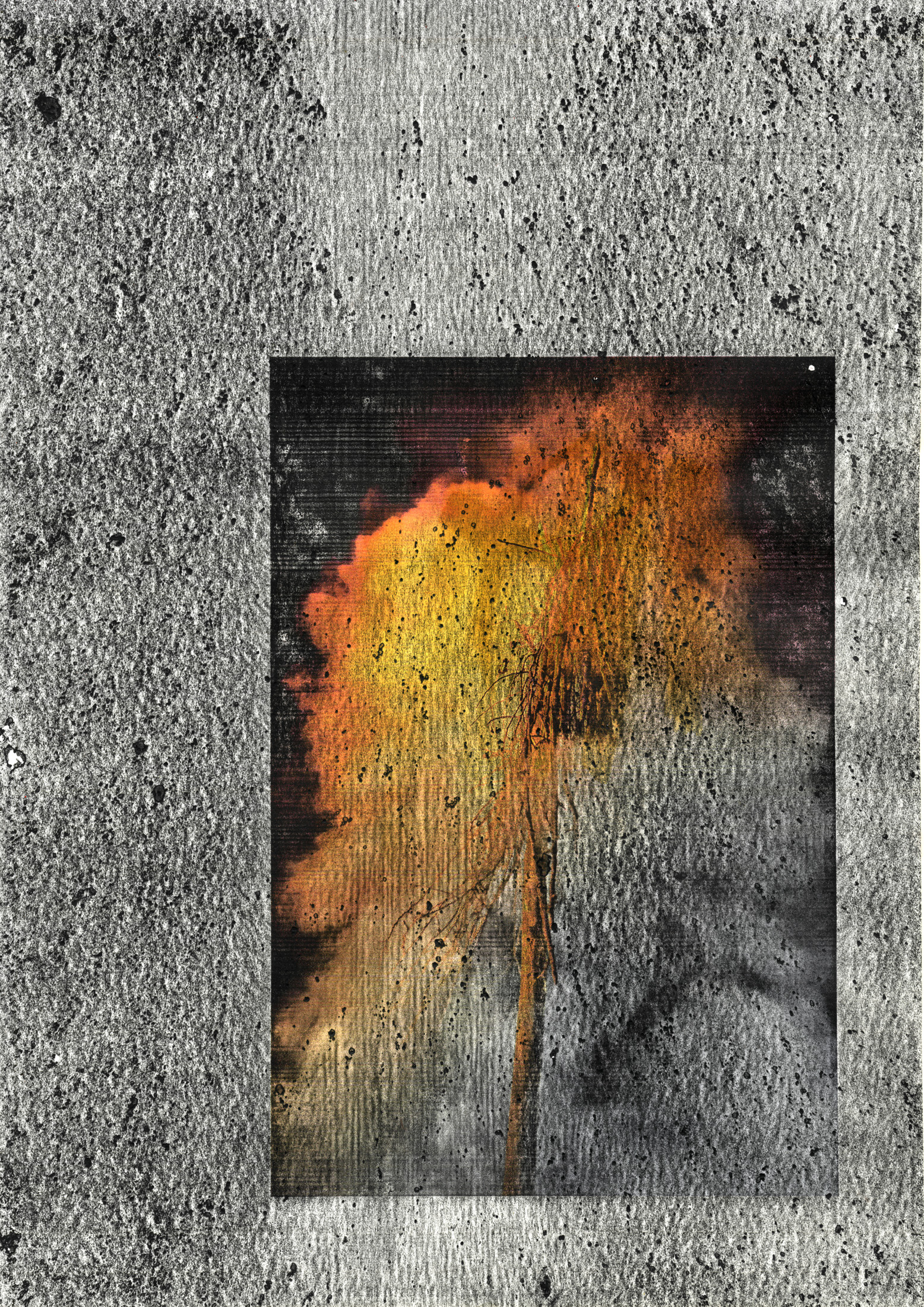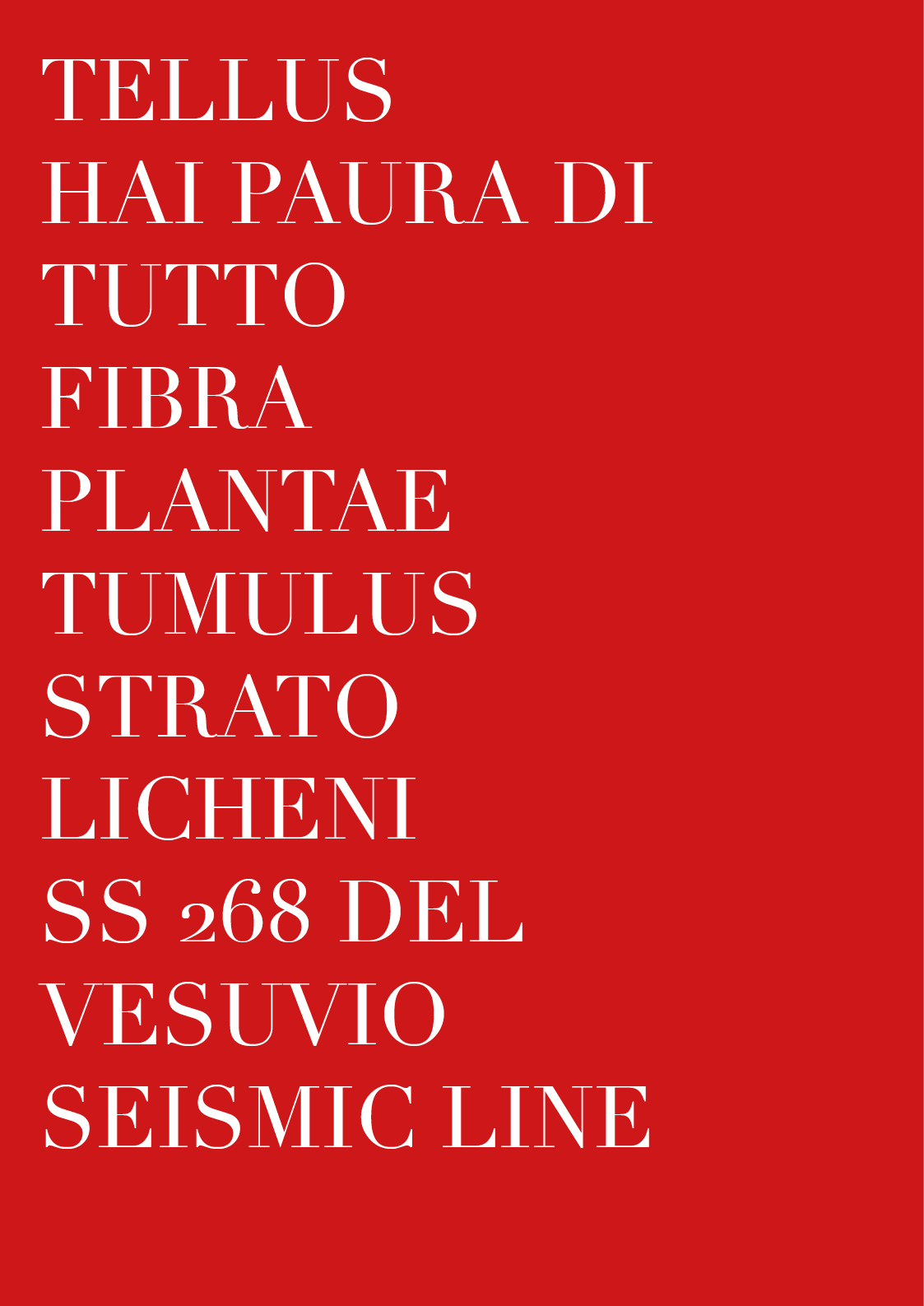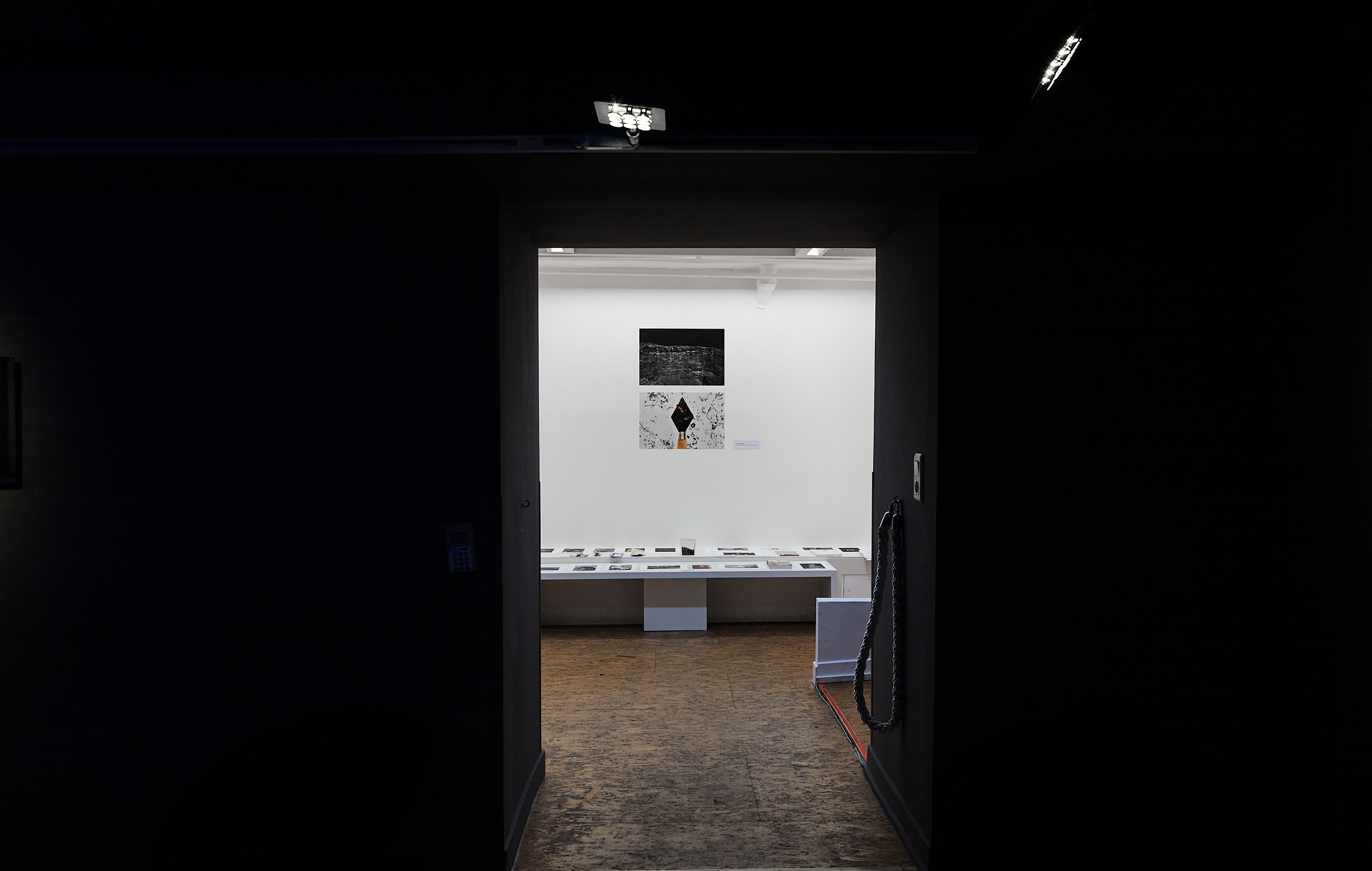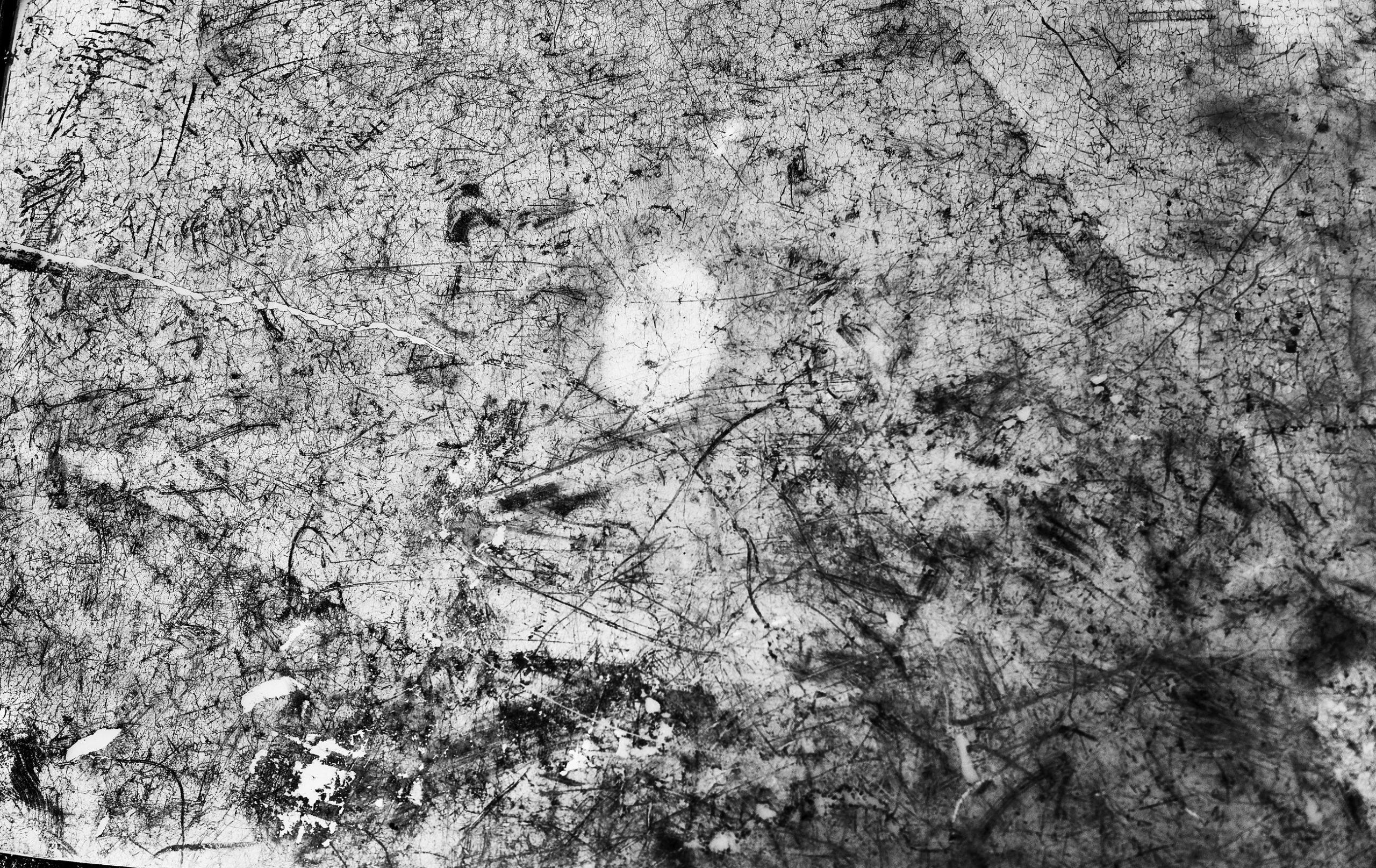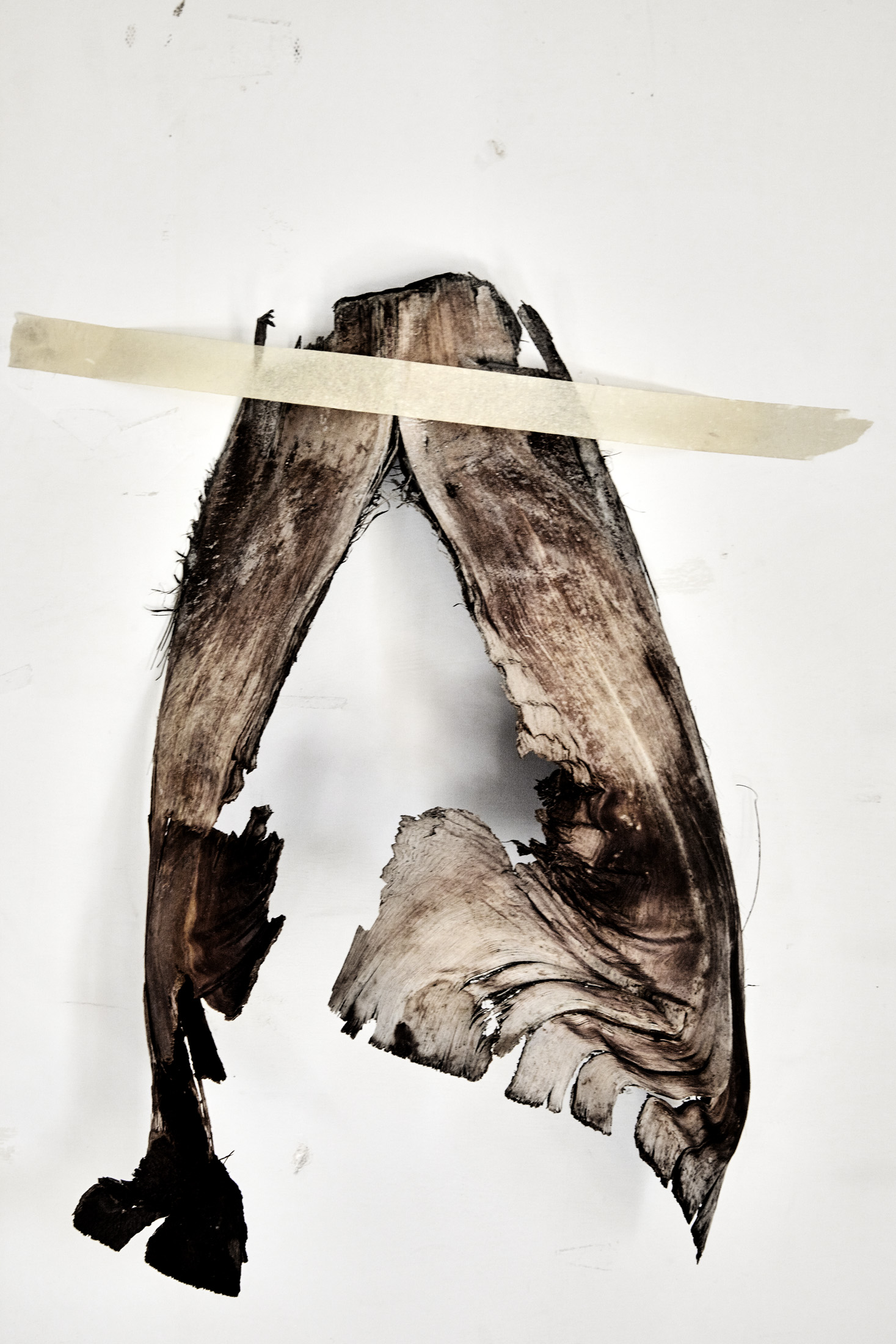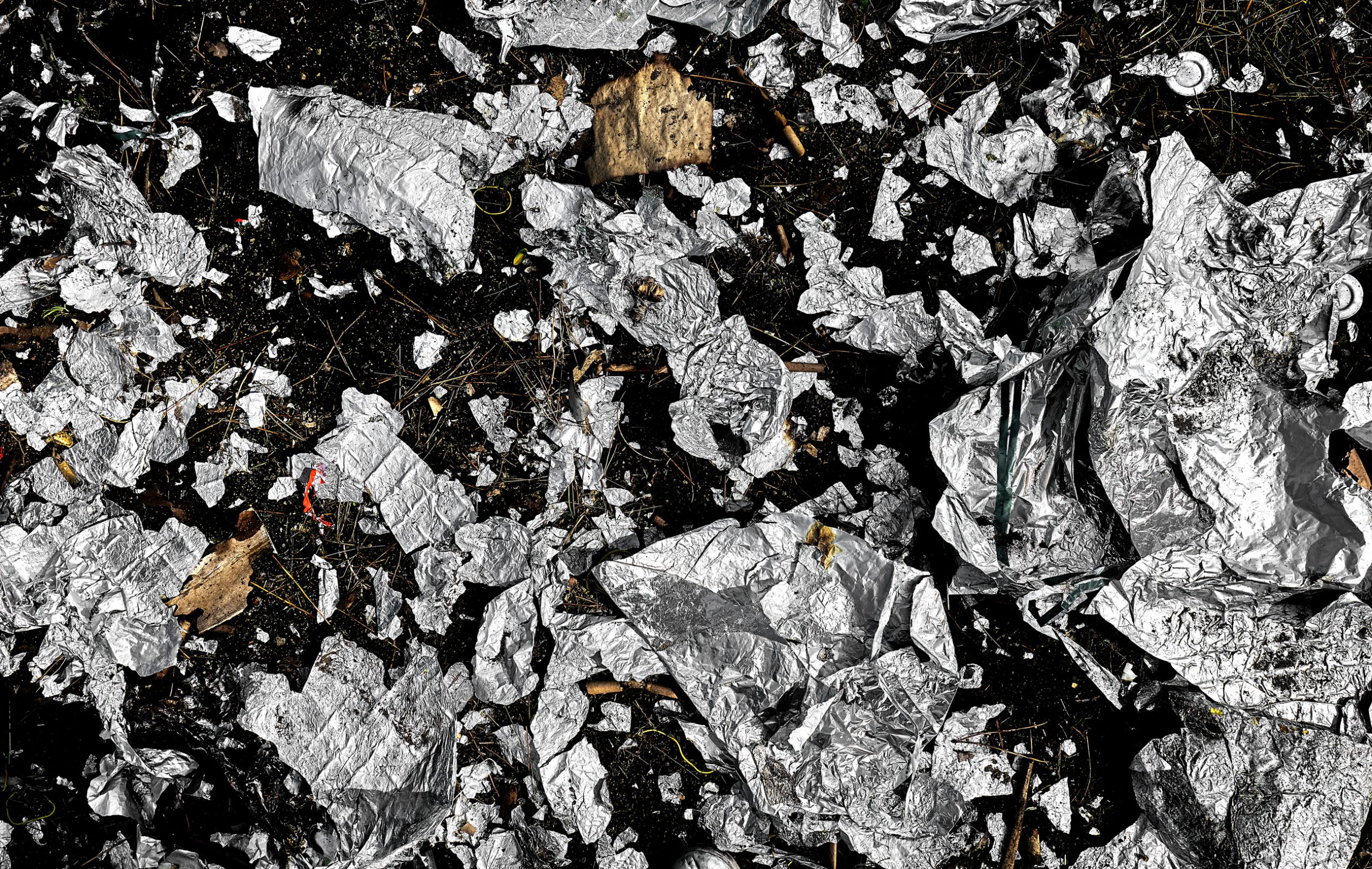Ius Soli
Ius soli. Campania Felix delenda est. Chapter one: Vesuvius black zone. Waiting, passing redemption.
Catalogues: Prolegomena per un museo archeologico della Zona Rossa (2020) – Soils/sounds (2023)
Context
Mt. Vesuvius is the largest active volcano in continental Europe, the only one to have erupted in the last hundred years. It has been, during at least two centuries, the icon and the paradigm of natural disasters in western European culture. The latest eruption, March 1944, closed a centuries-long cycle of volcanic activity, opening a long period of dynamic rest. 80 years later, about 3 million of people live in the metropolitan city of Naples, and almost one third are inhabitants of the Vesuvian area. An evacuation plan in the event of an eruption provides for the division of this same area into different warning zones, the most important of which is the red zone. In case of alert the inhabitants are displaced elsewhere. The Vesuvius Red Zone reveals a geographical and political delimitation which serves as a structure for my documentary photography based archive: 25 cities (potentially) preparing to turn into an immense archaeological site.
Modus operandi of Ius soli. Campania Felix delenda est.
Searching for marks, signs and ruins, clues, remains and signals on the soil, the most important action is to collect: on the surface and in the depths of excavations. Once one is ready to arrange everything, to organize, to interrogate matters, to produce a new material. One shifts to the act of condĕre: to found, to create, to compose, to describe, to tell, to bury, to plant, to immerse, to put sheltered. When scattering seeds on another terrain they first design a constellation before disappearing into the depth of soil. Ius Soli is built as a documentary archive of the archeology of the present in Vesuvius Red Zone, but it is also developed as a tool to measure images’ ability to transform noise (outside reality) into intelligible signals. Ius Soli is a collection of (archaeological) fragments that, despite my intentions and beyond my strategies to sort them, will speak their own words.
Matters
Blue back papers, rizo prints, etchings, plain paper, newspaper prints, silk screen prints, digital prints, plexiglas, mesh, a zinc plate covered with carborundum, inked tarlatan. Lava stones, waste construction materials, trees barks, various organic materials, fragments, waste, stones from field collecting. Signal from noise: field recordings, musical rewritings, in situ sound installation with microphone and recording.
Signal from noise is both a site-specific sound installation (microphone, recordings, lava stones, various collected objects rubbed and played) and an archive of collaborations with composers: Signal from noise (excerpt) is a live piece composed by Phil St. George from field recordings for Prolegomeni per un museo archeologico della zona rossa. Lavami col fuoco is a piece composed by artist rumoremuto for Corte Vico II San Michele (2022), site specific installation of Ius Soli. It is a rewriting of my recordings of rubbed lava stones.
La terra è viva. La terra è fertile. is a chapter of Ius Soli featured by Seeeds Gallery. Fertility is one of the fundamental values explaining the density of population on a land doomed to disaster. It’s that same catastrophe that makes the land fertile. The simplest way to visualize the idea of fertility is food. Fruits, vegetables land and then the cooking.
